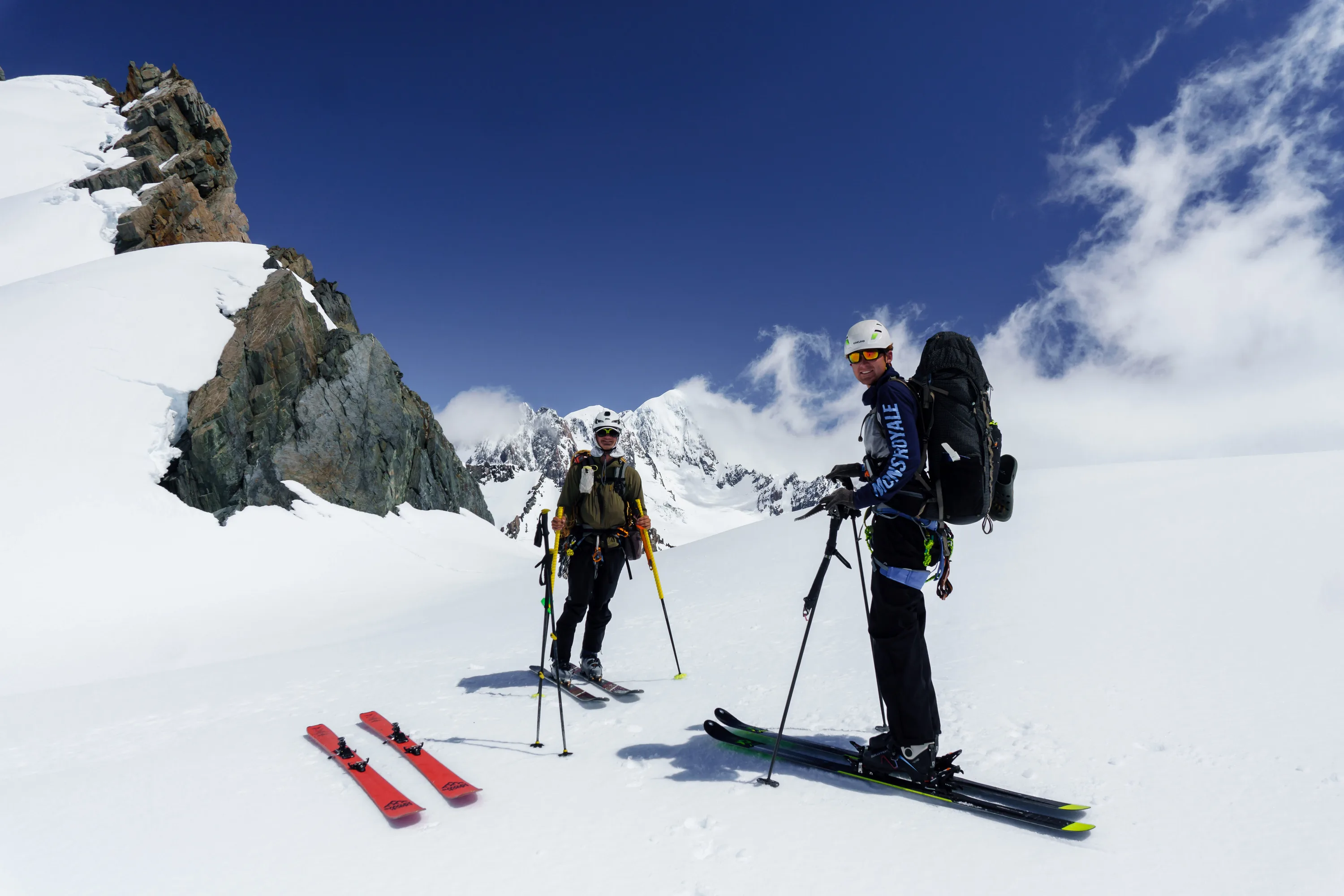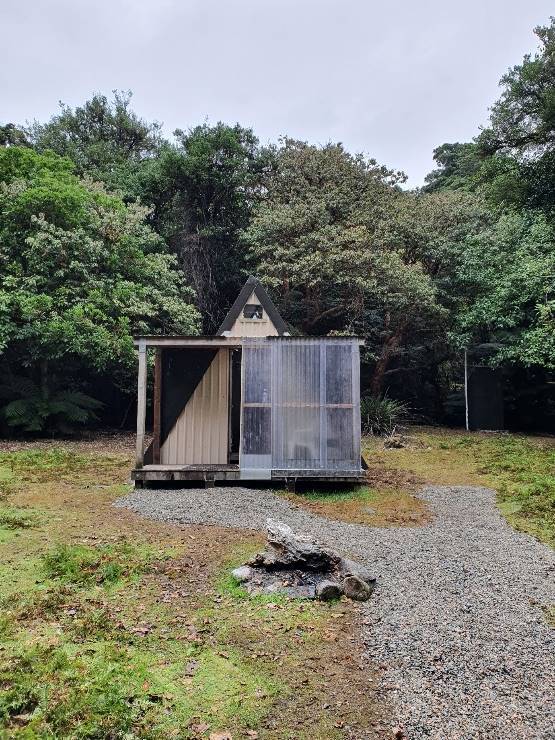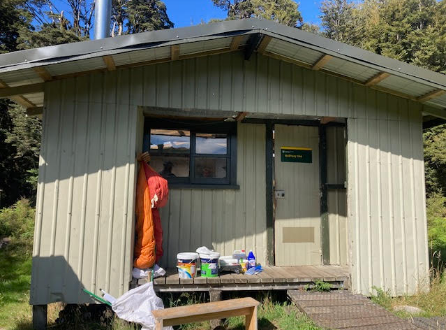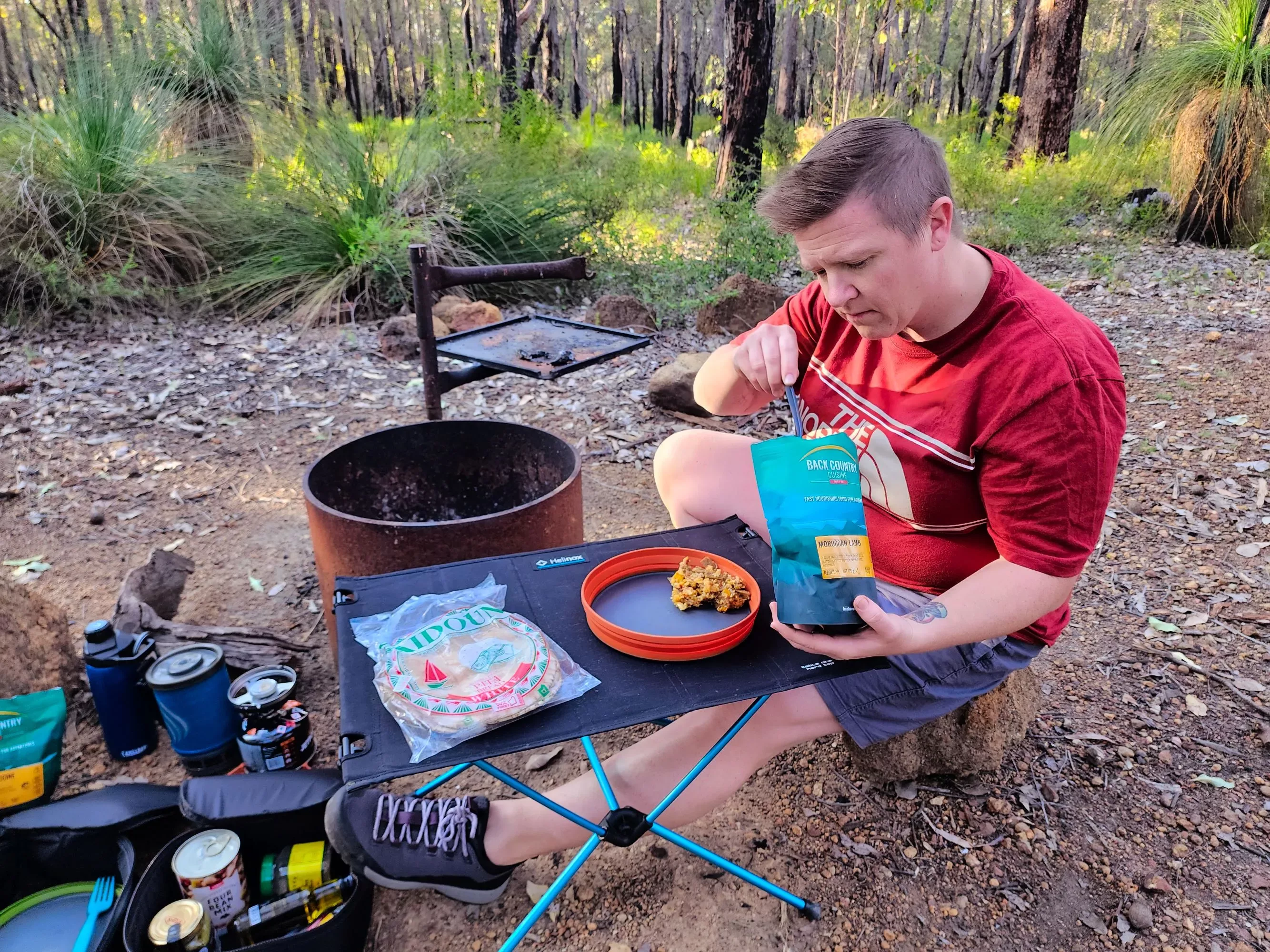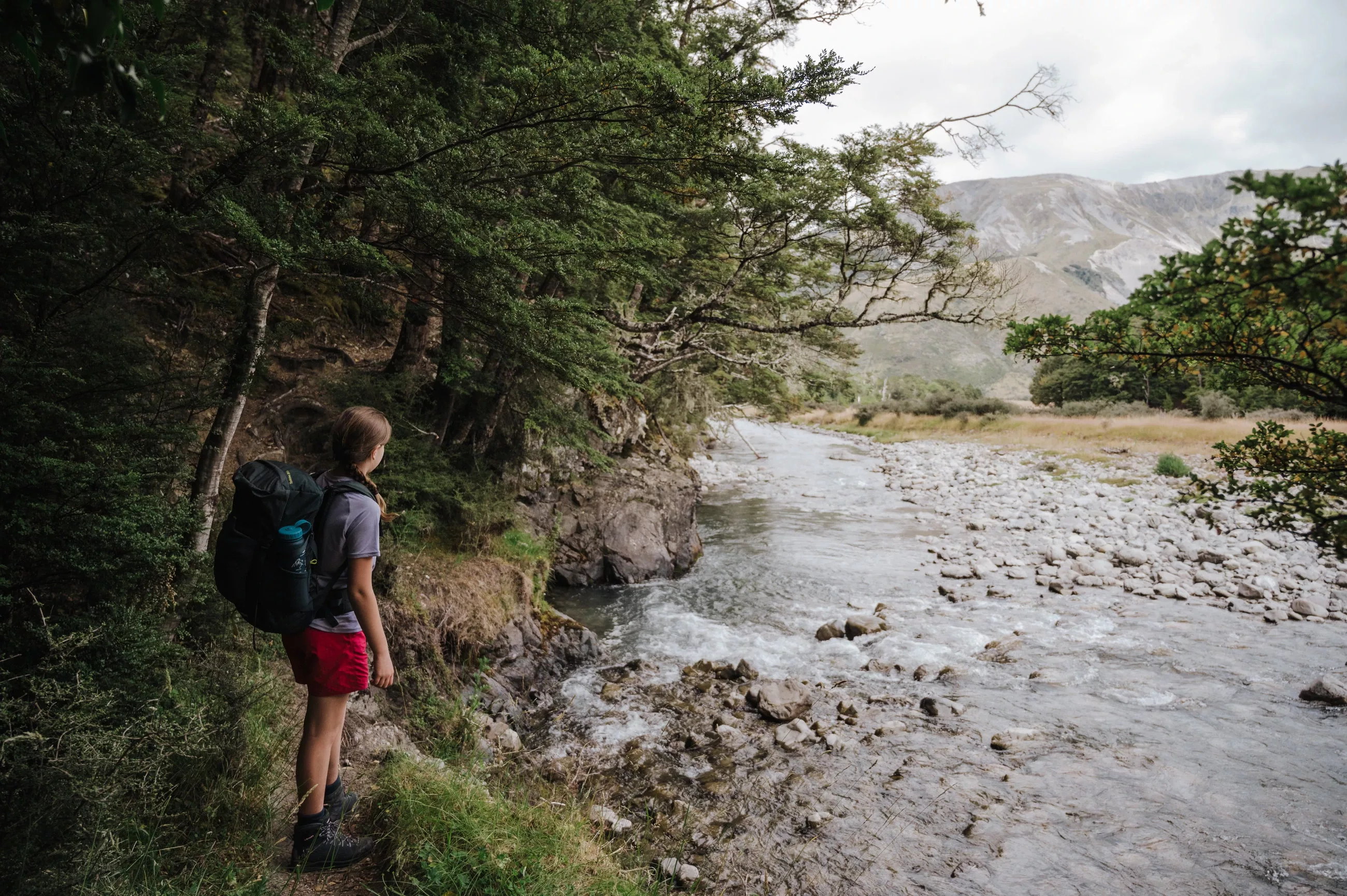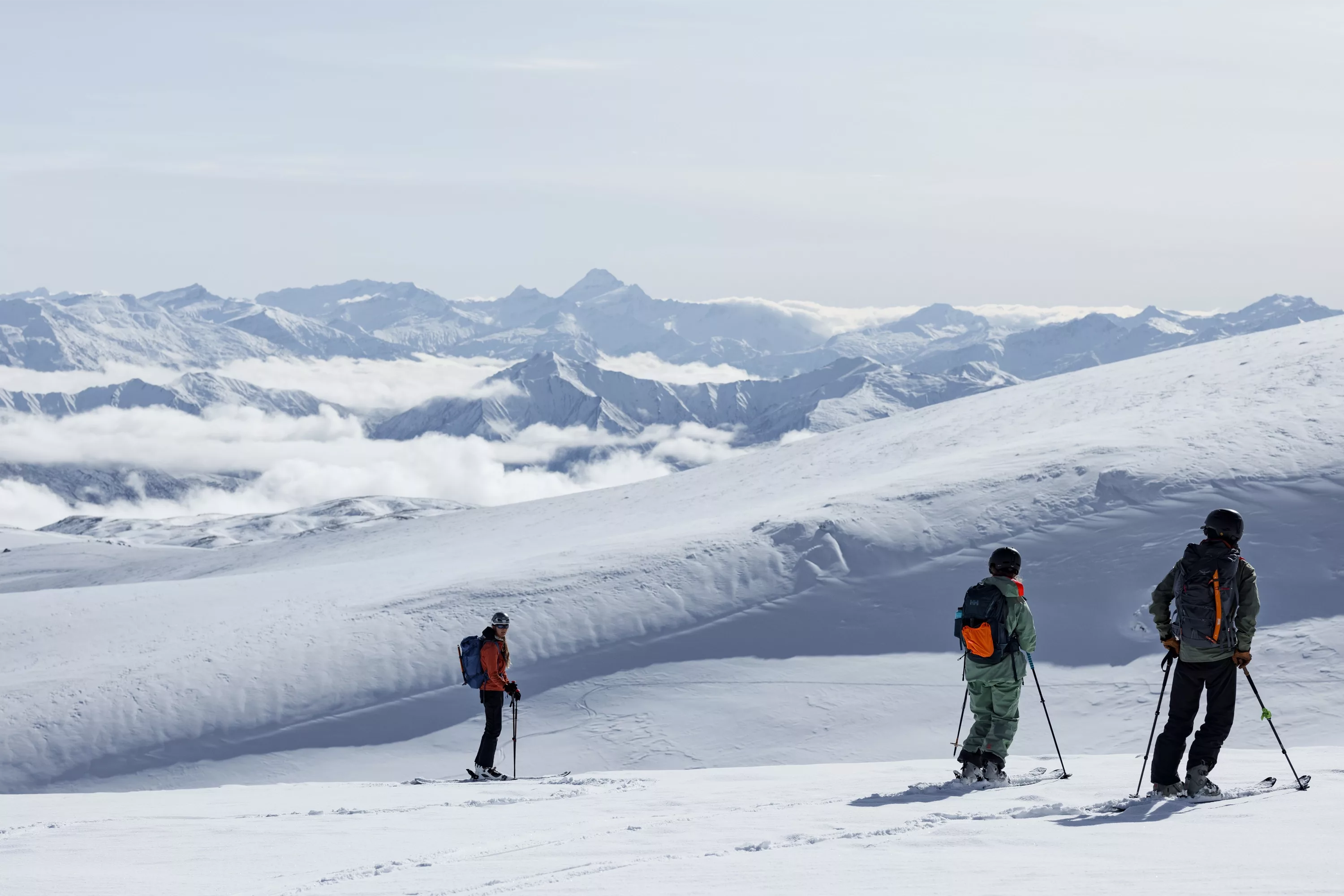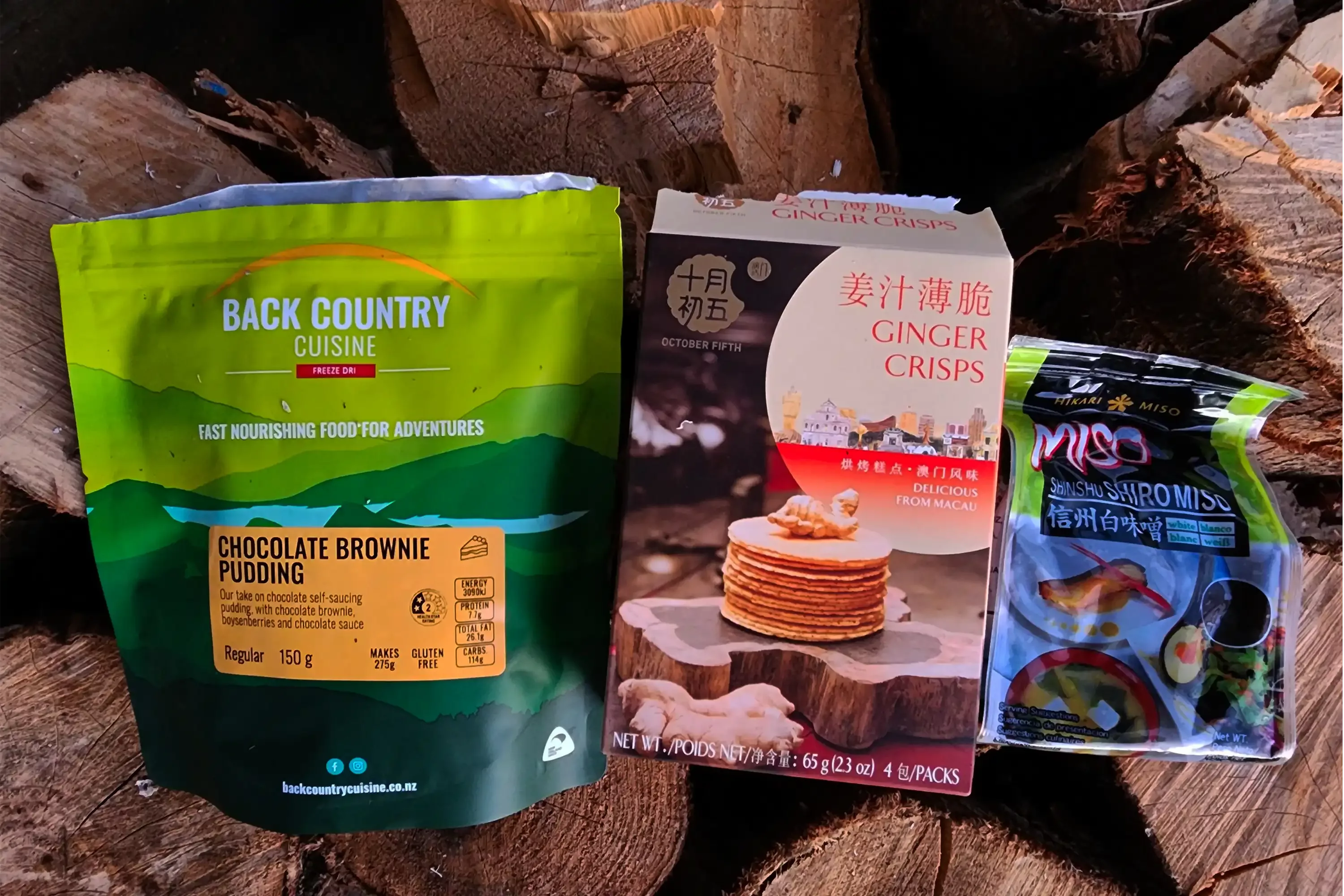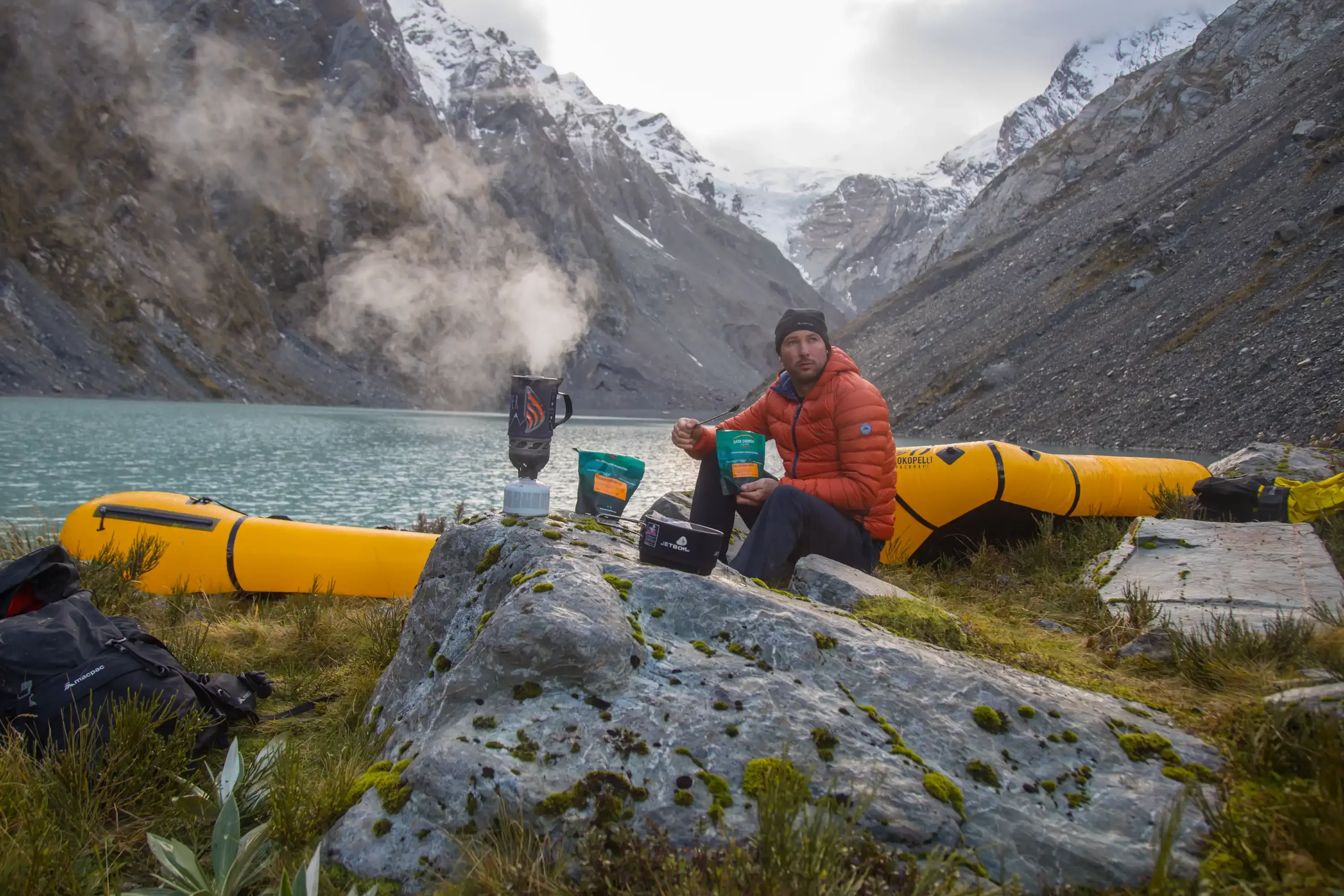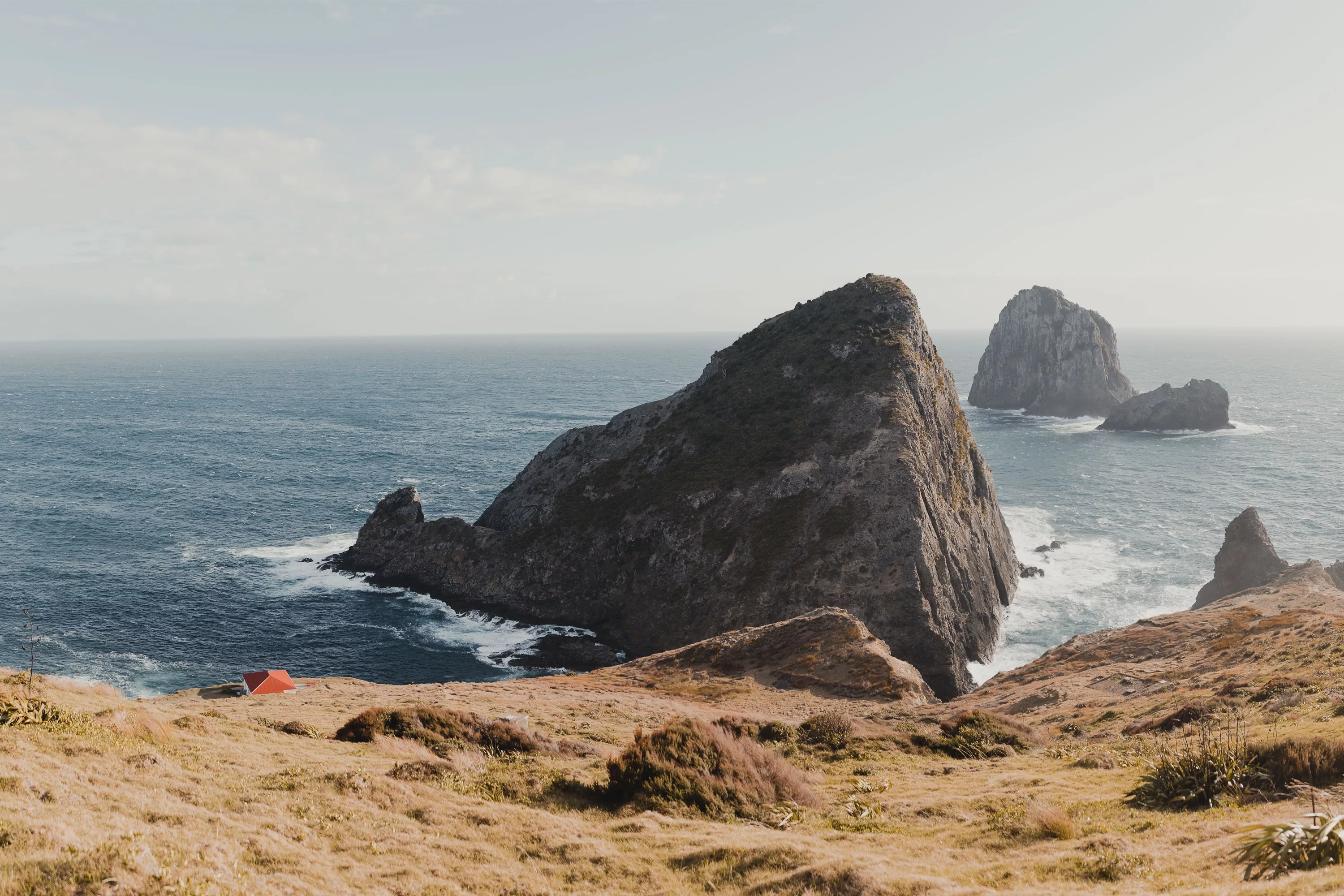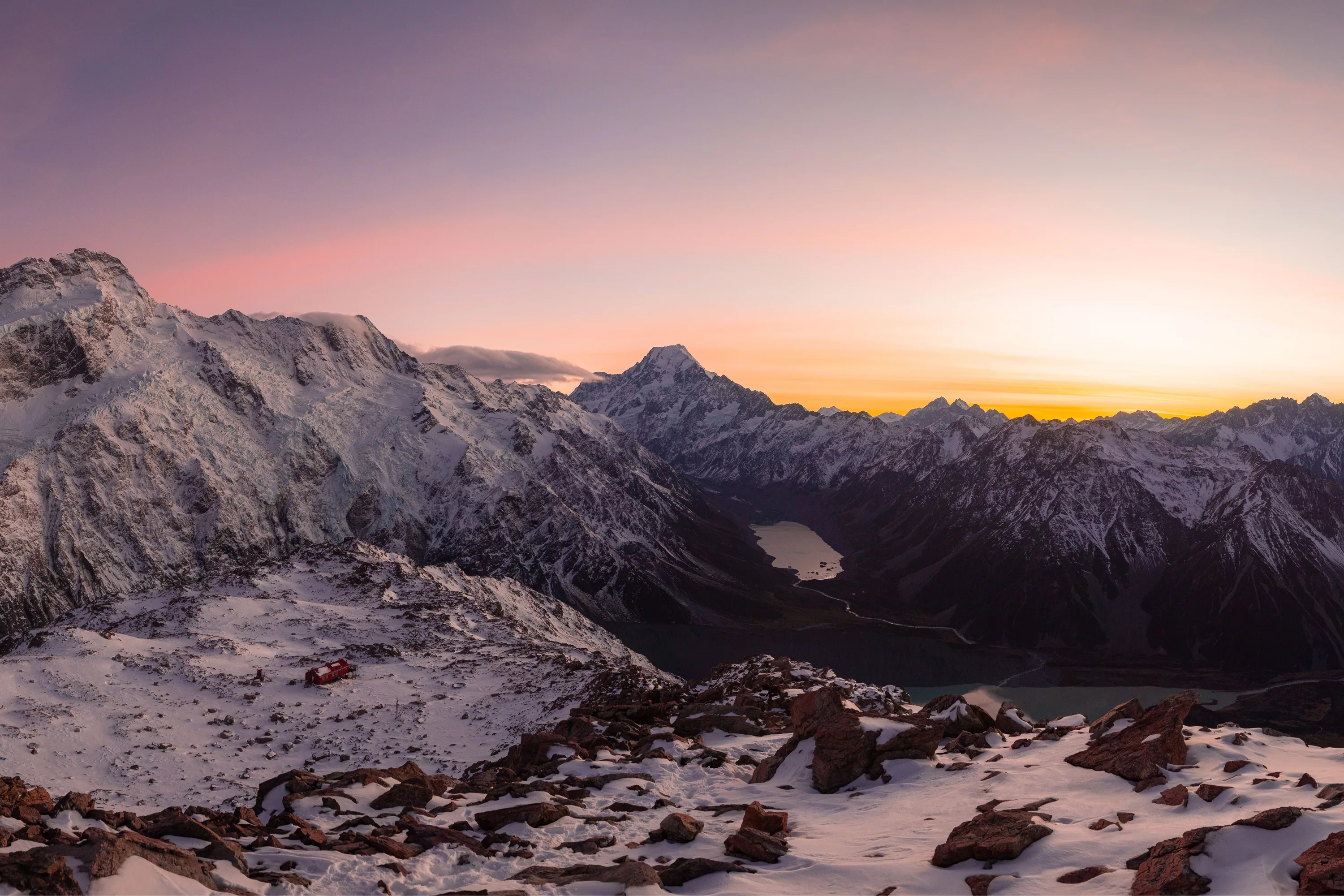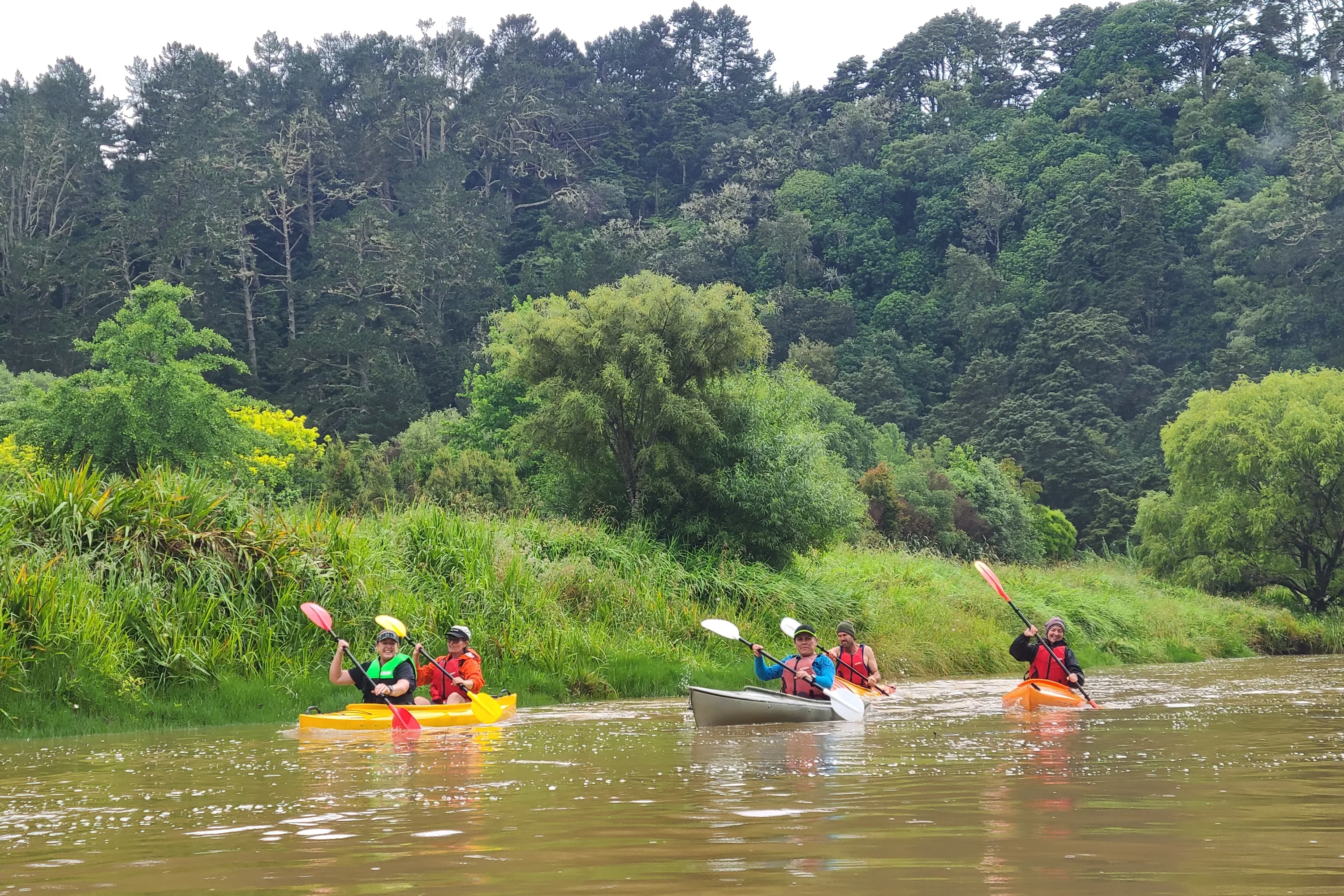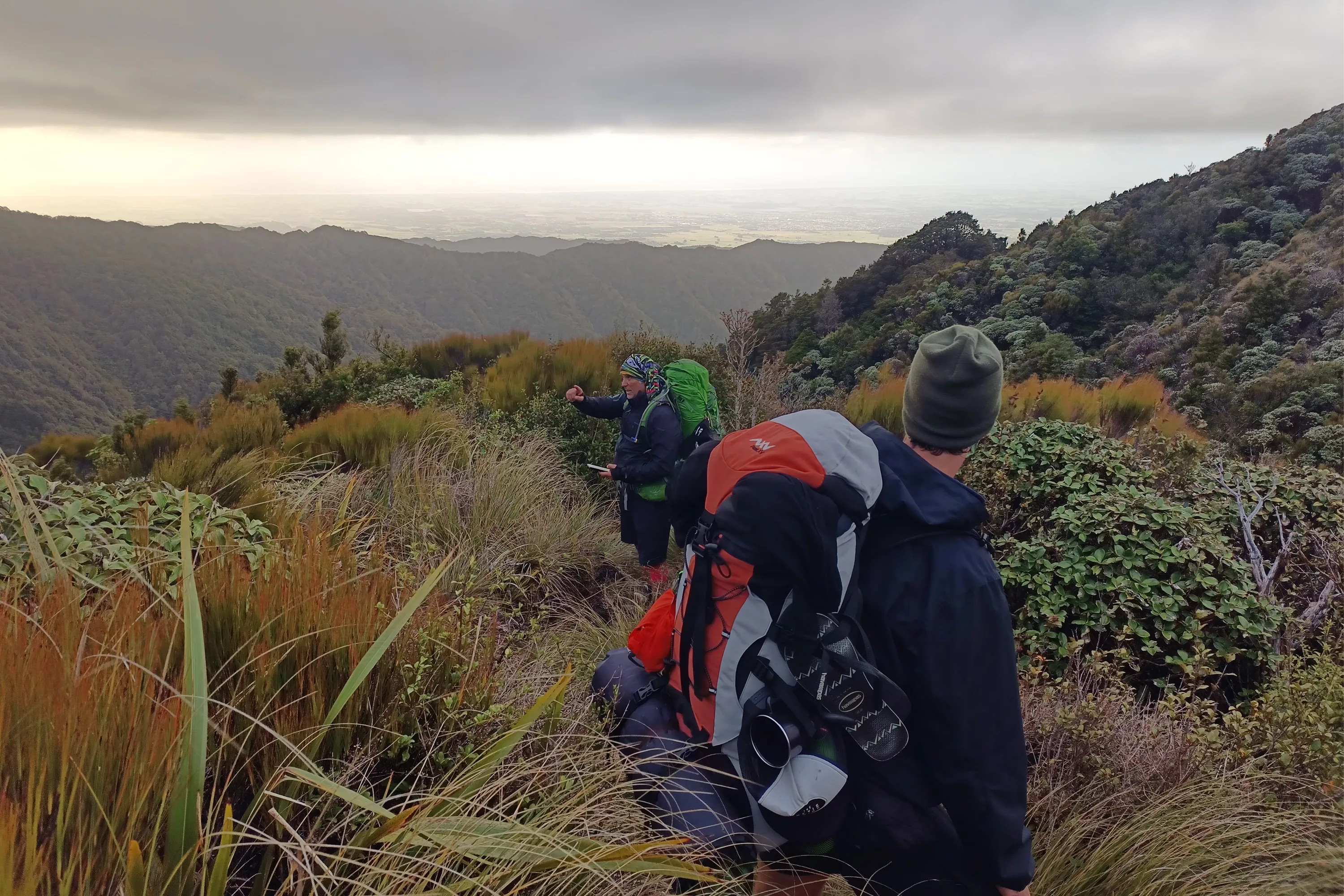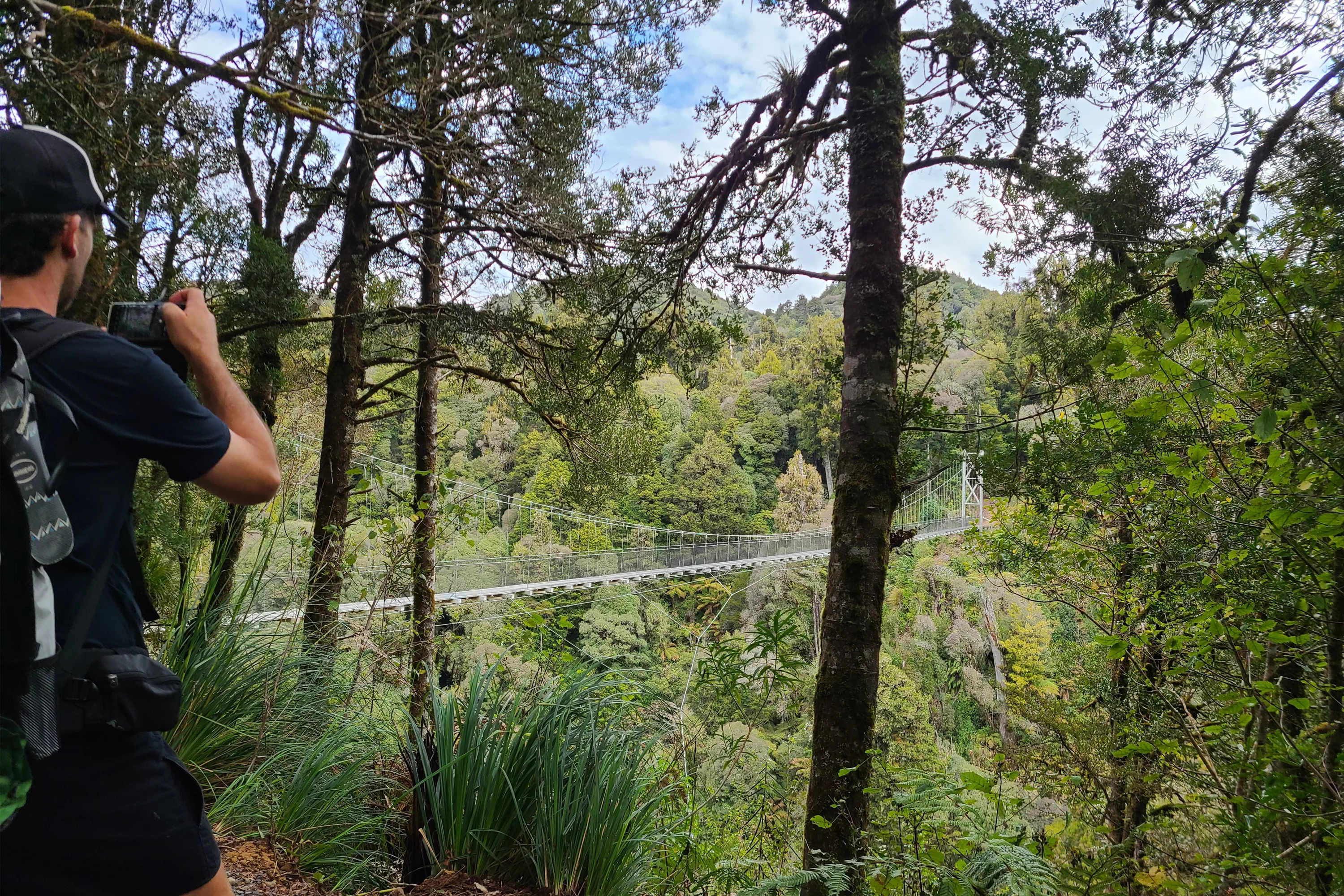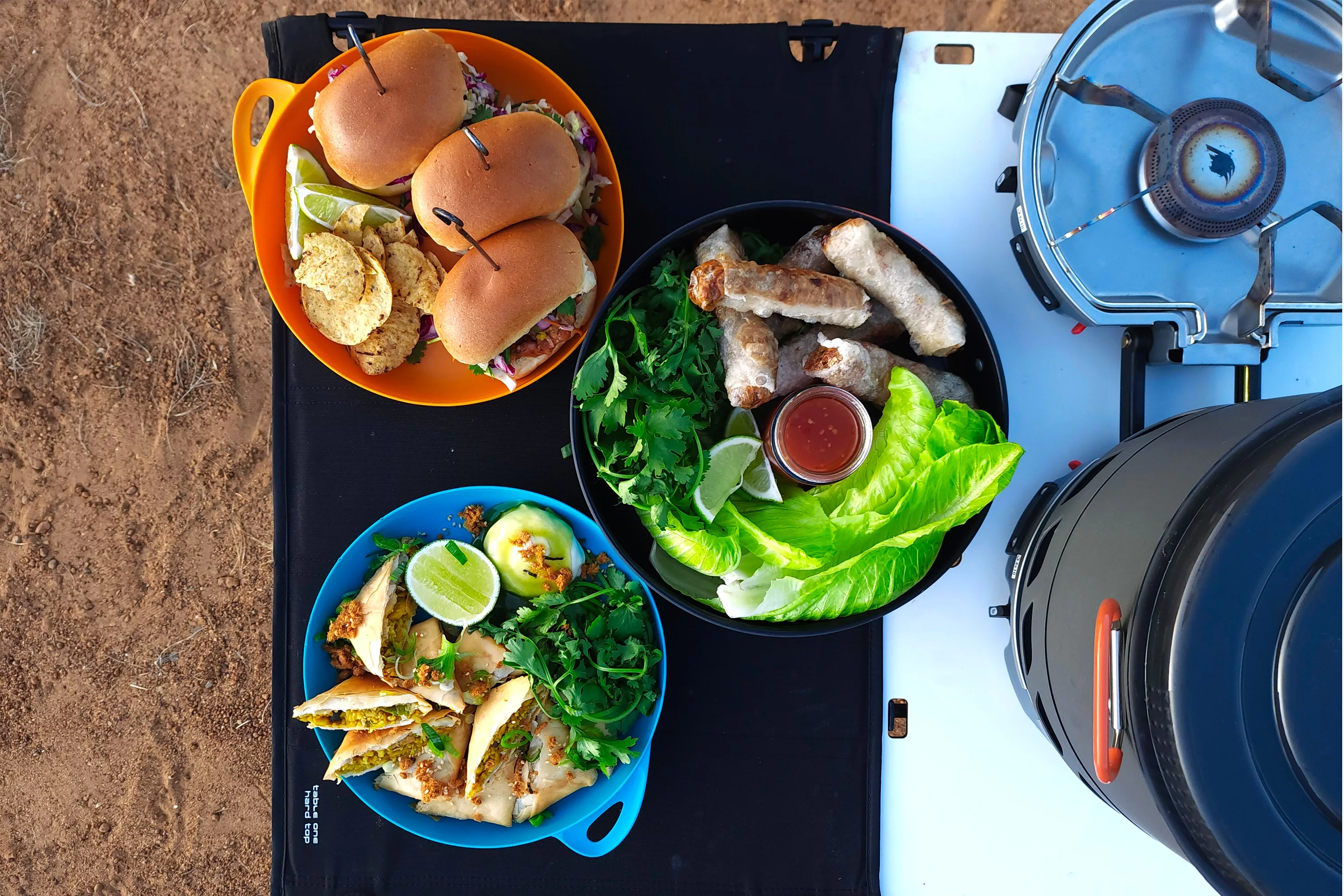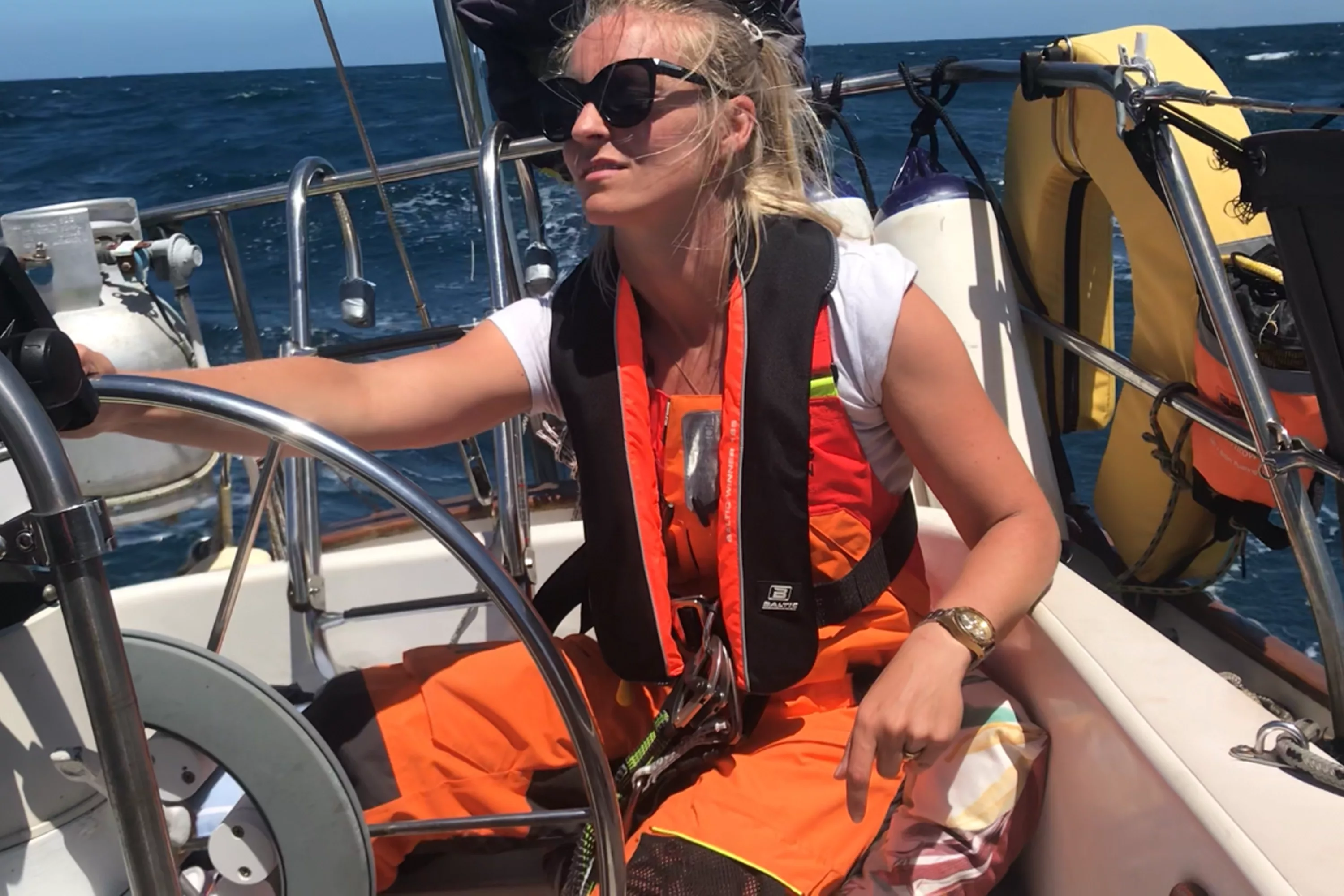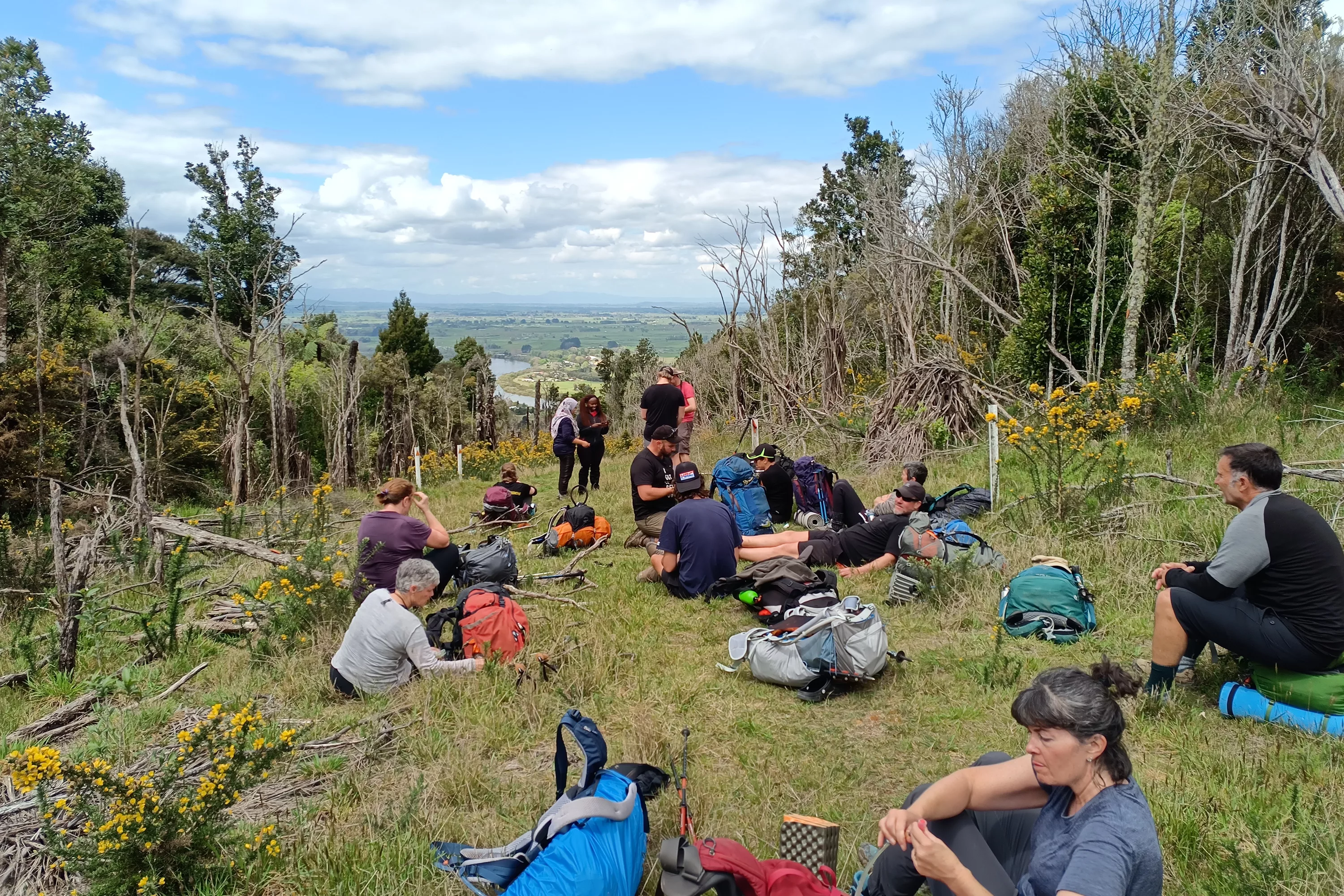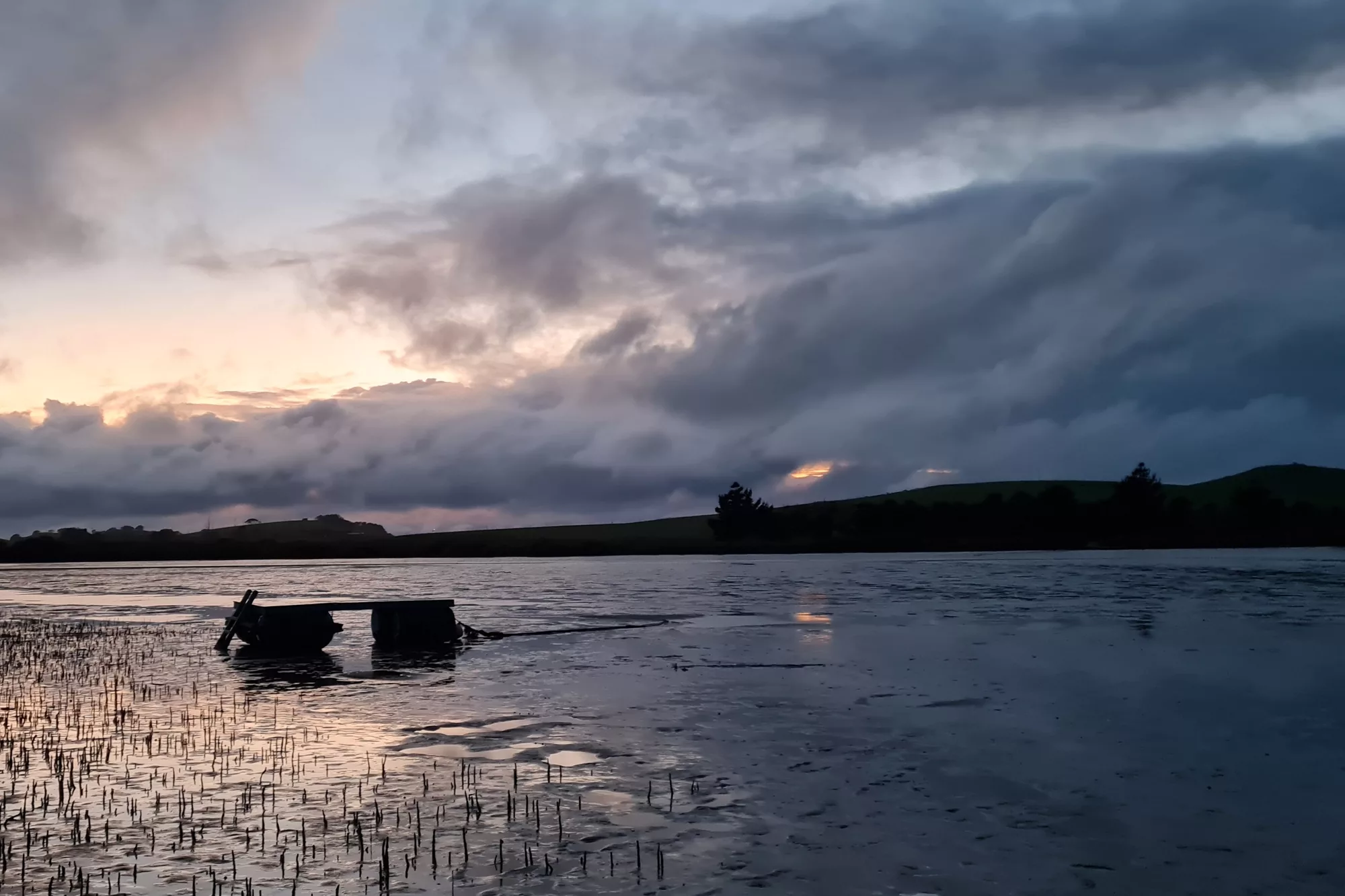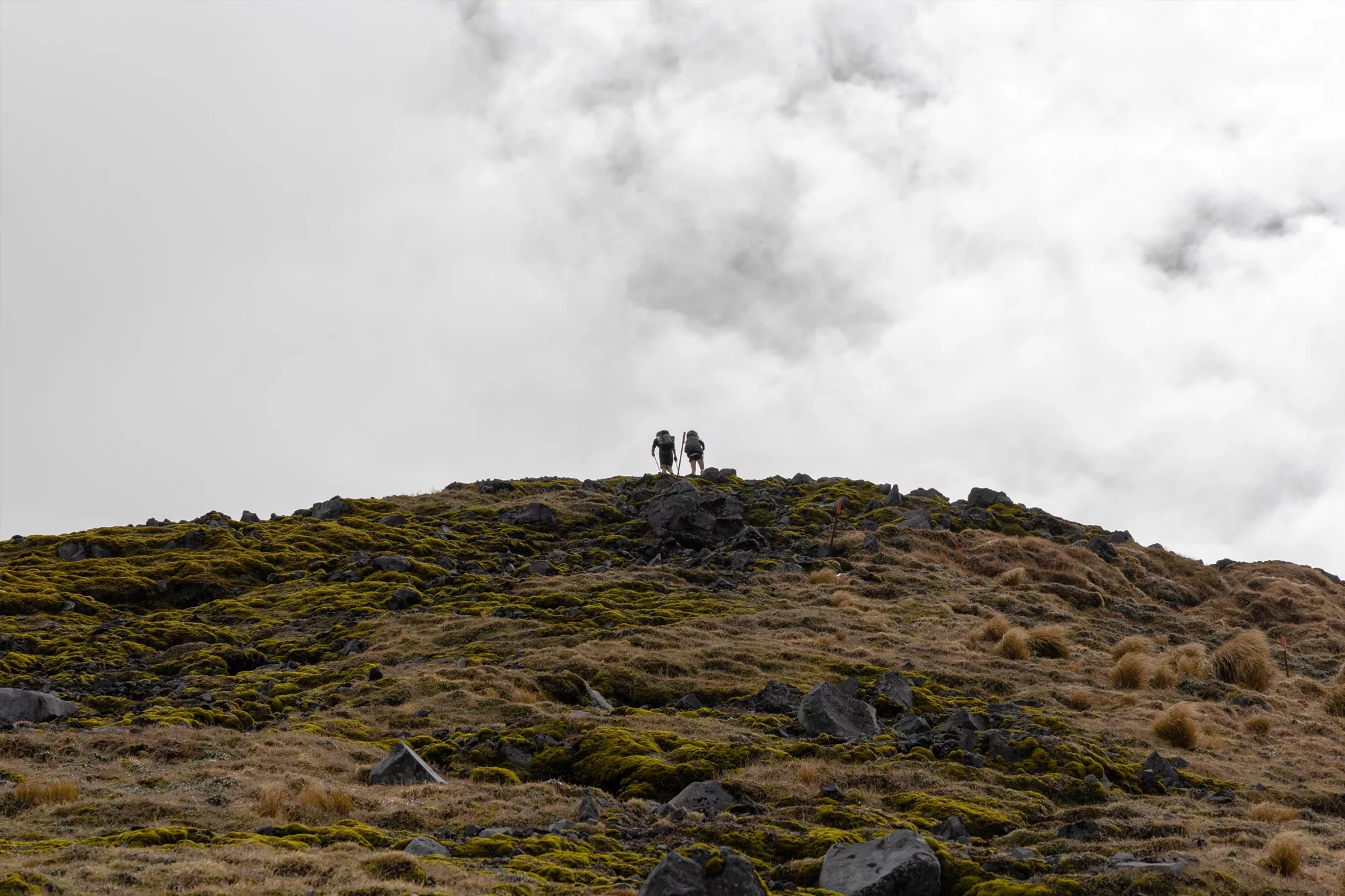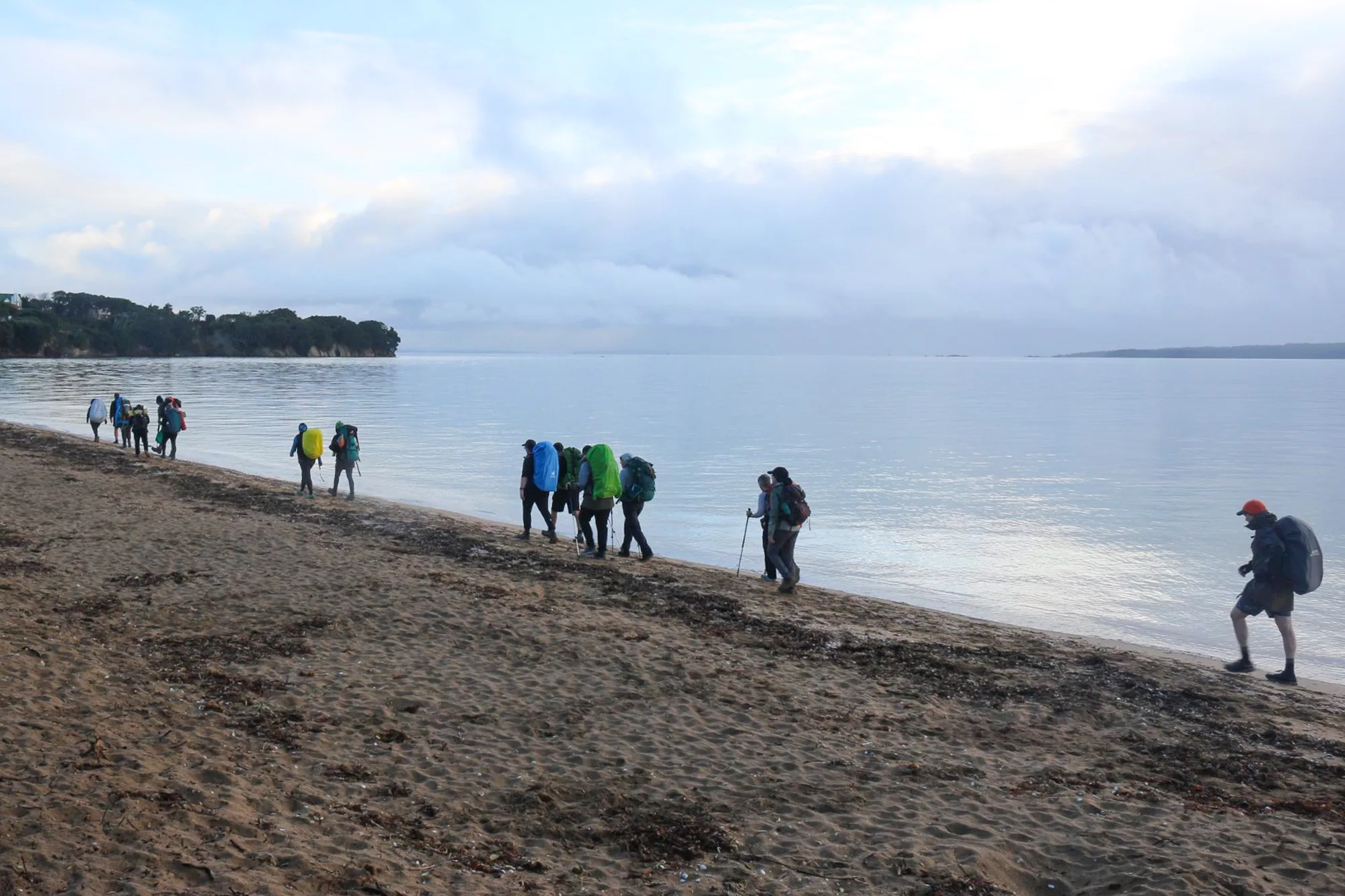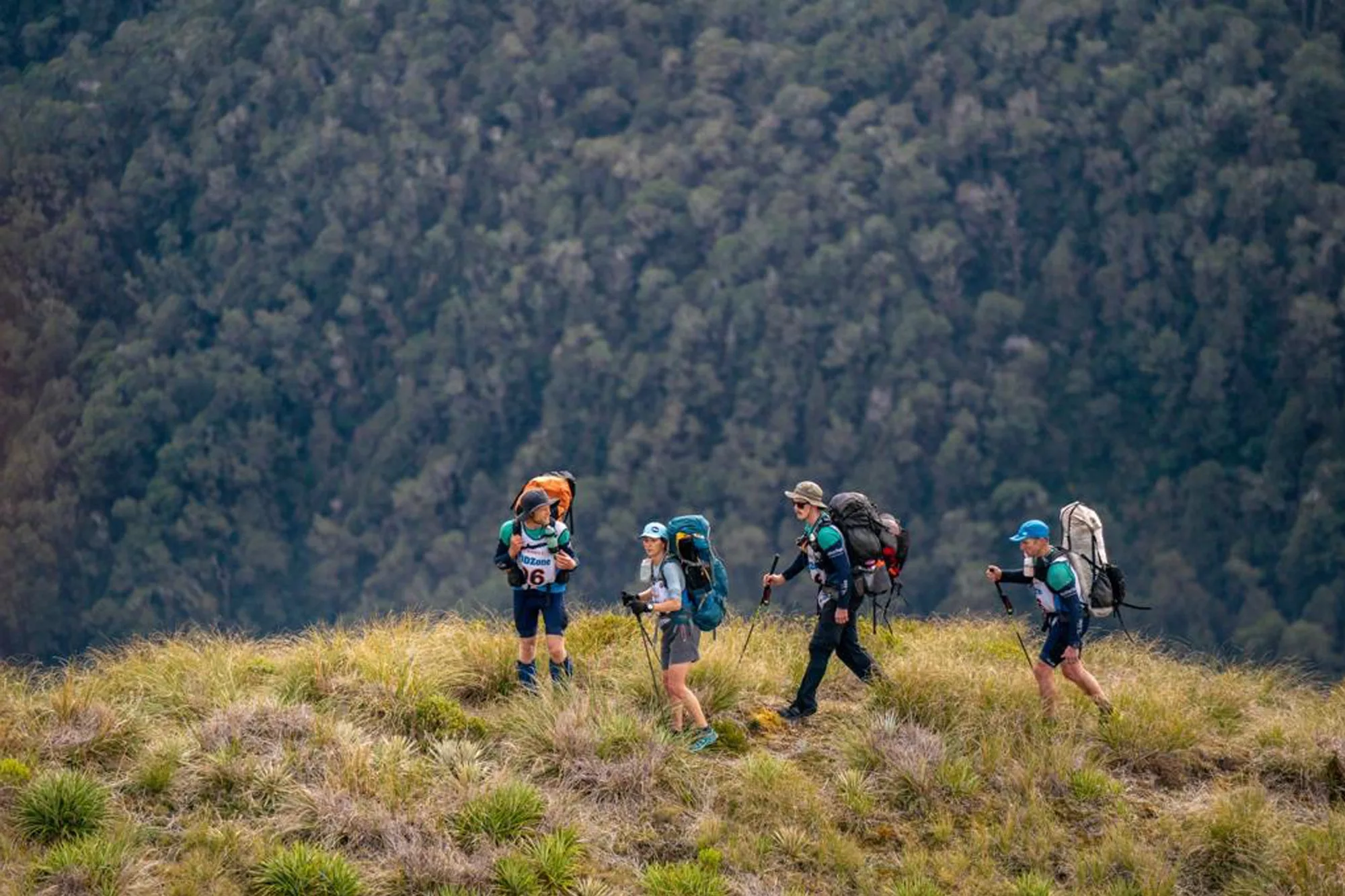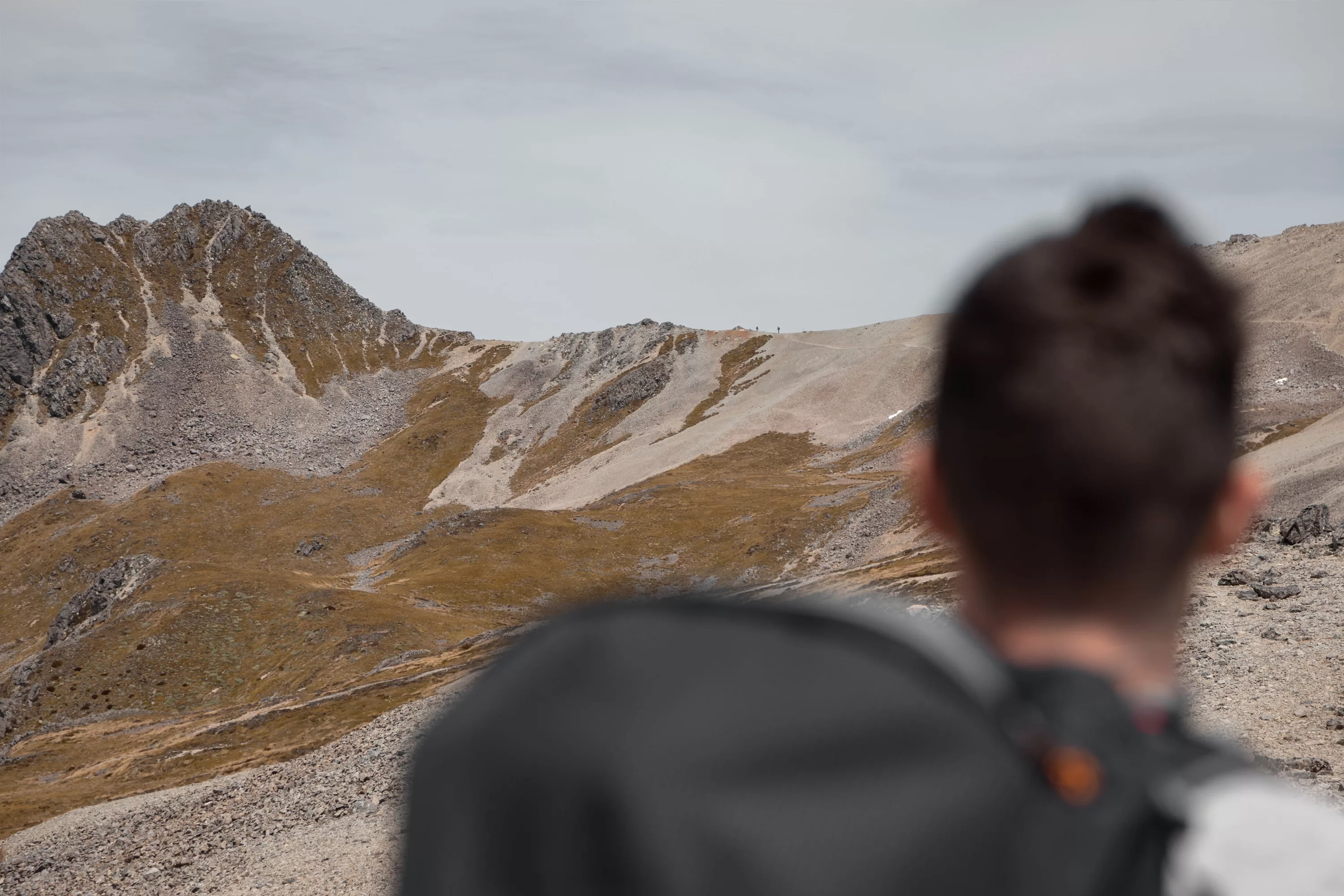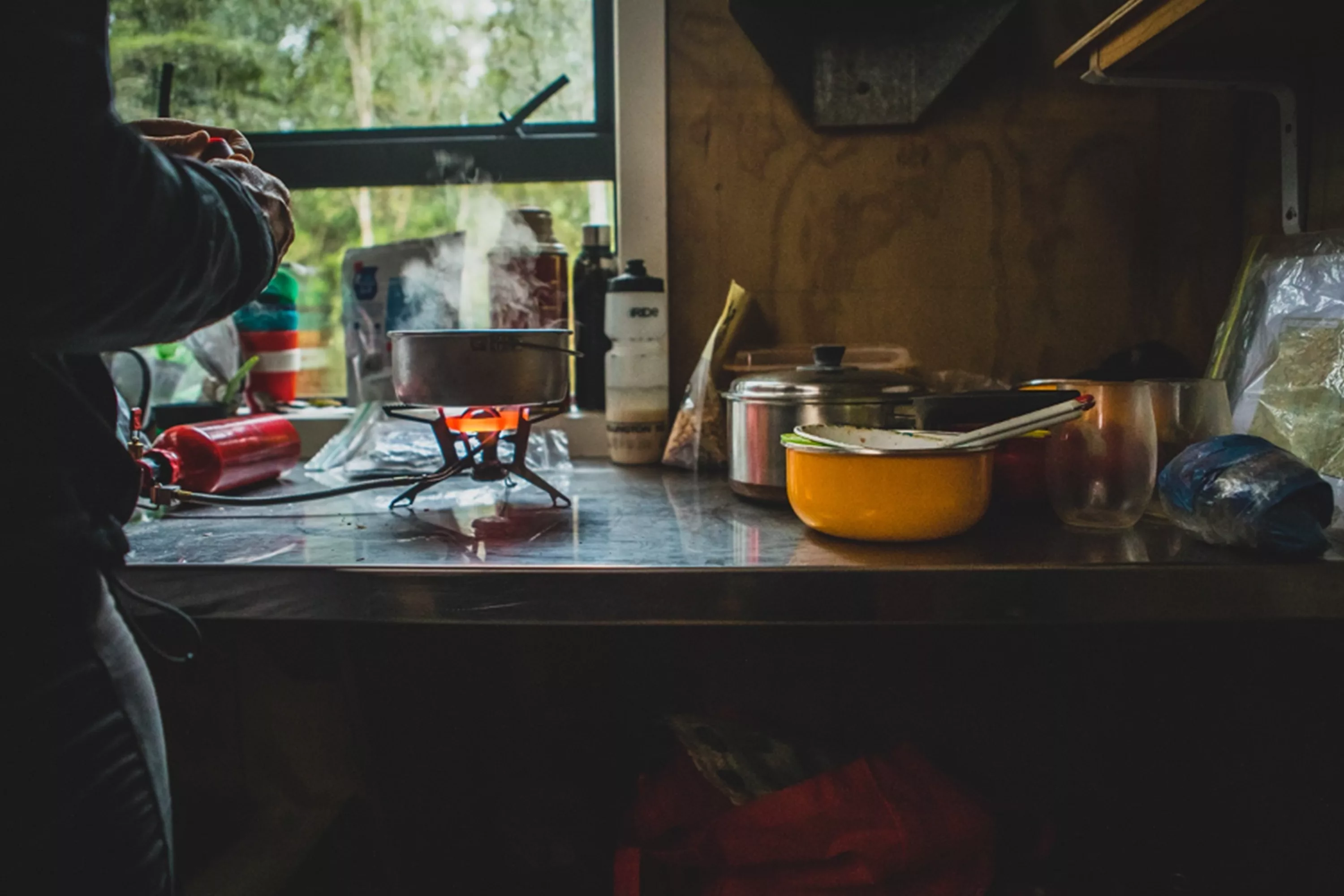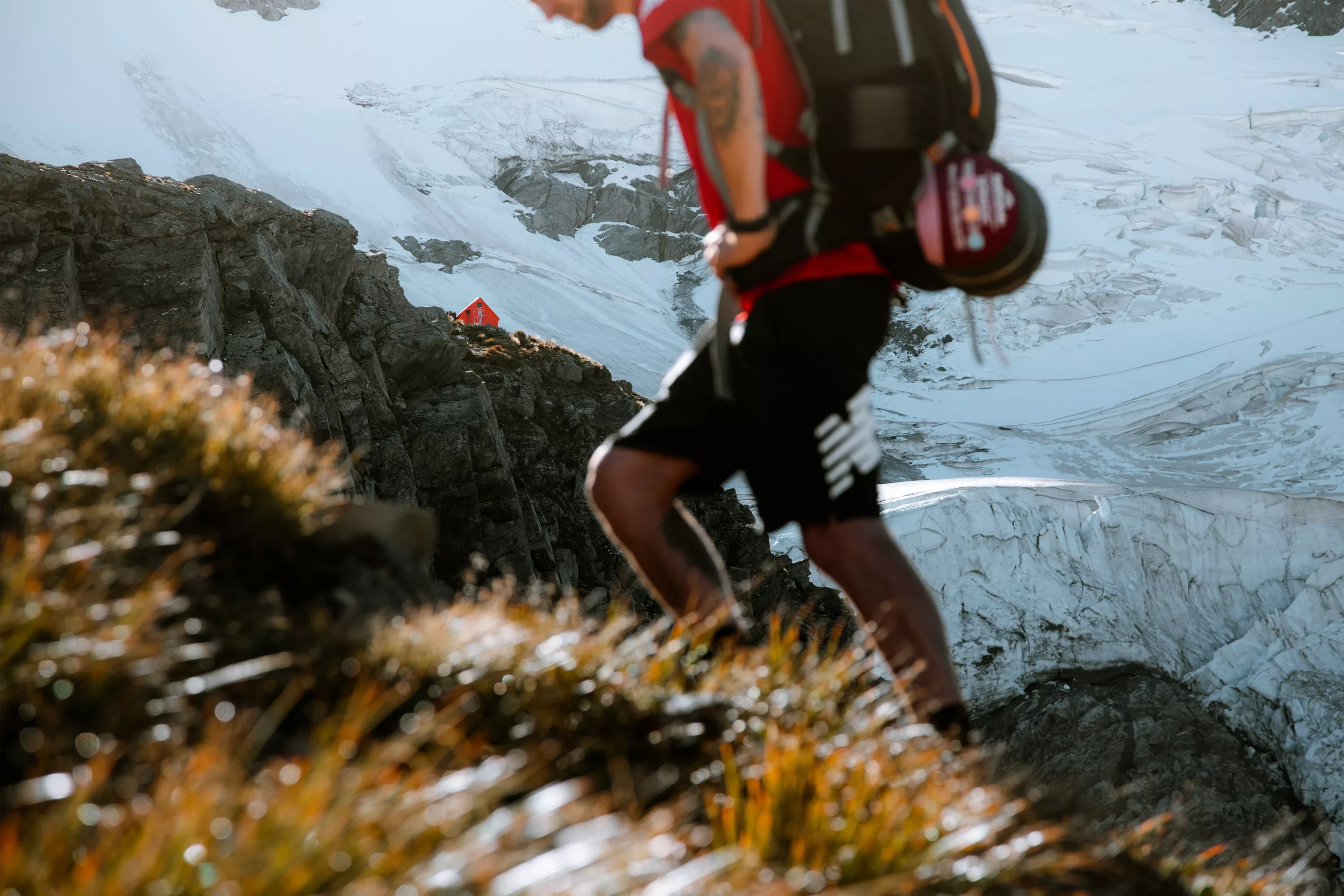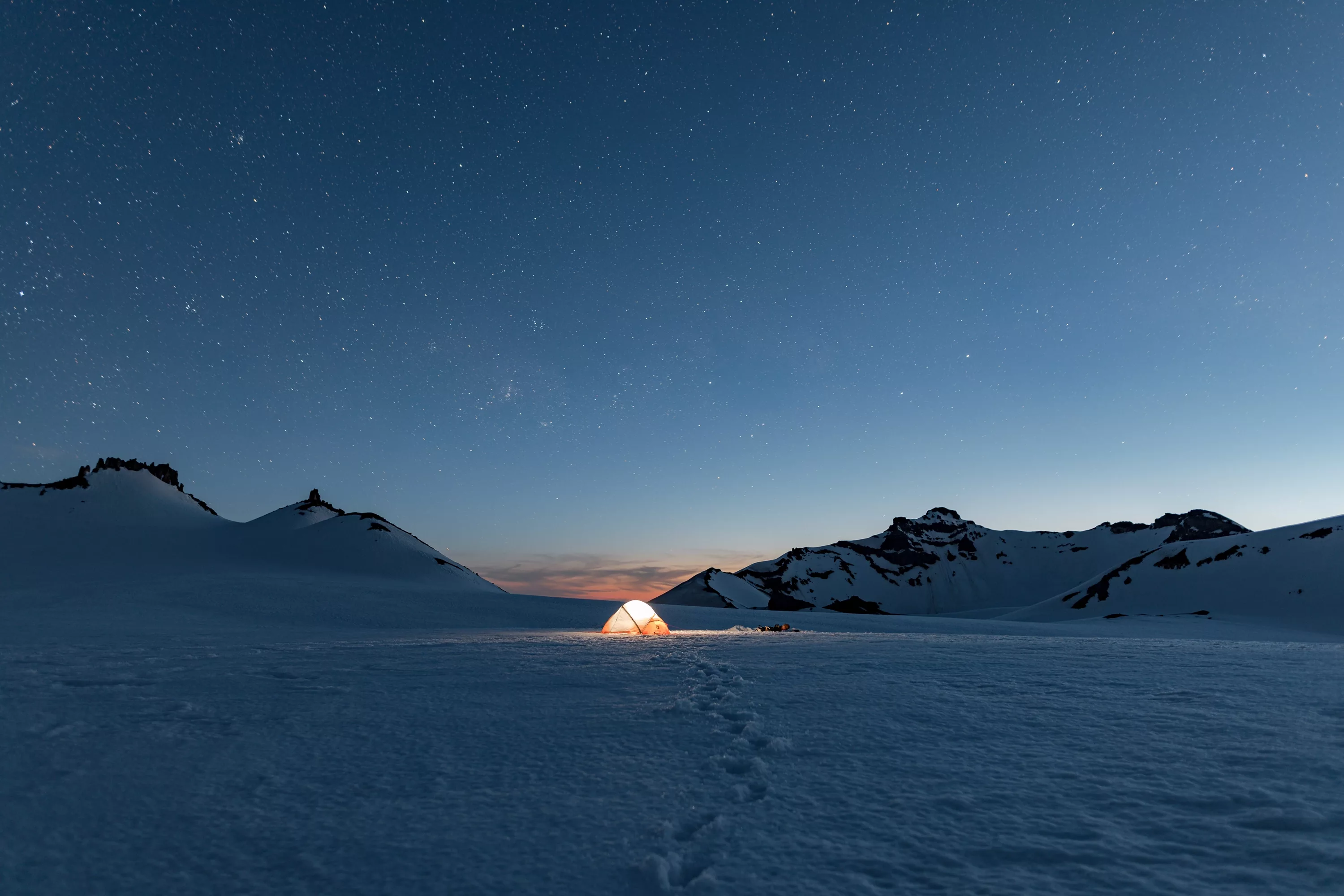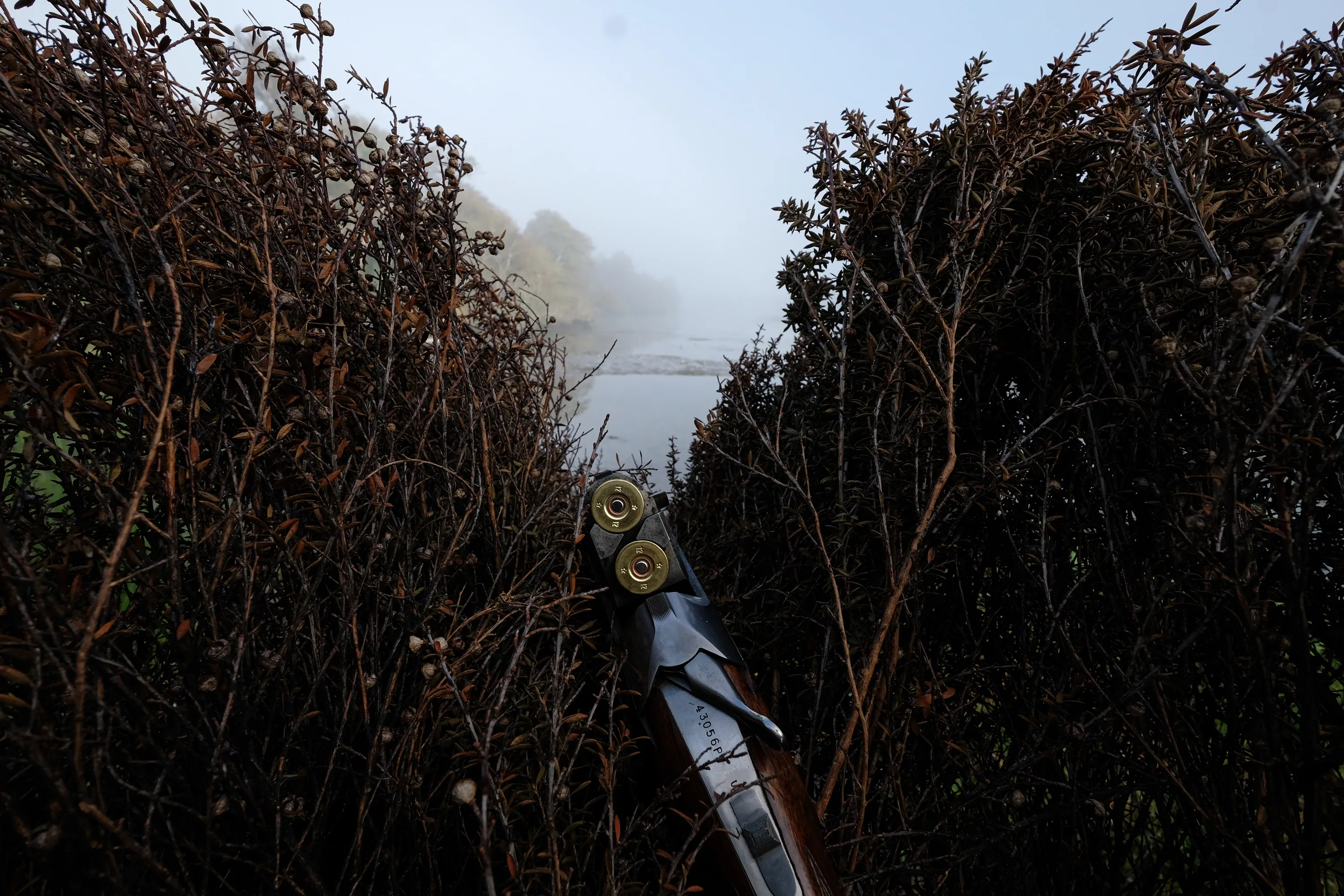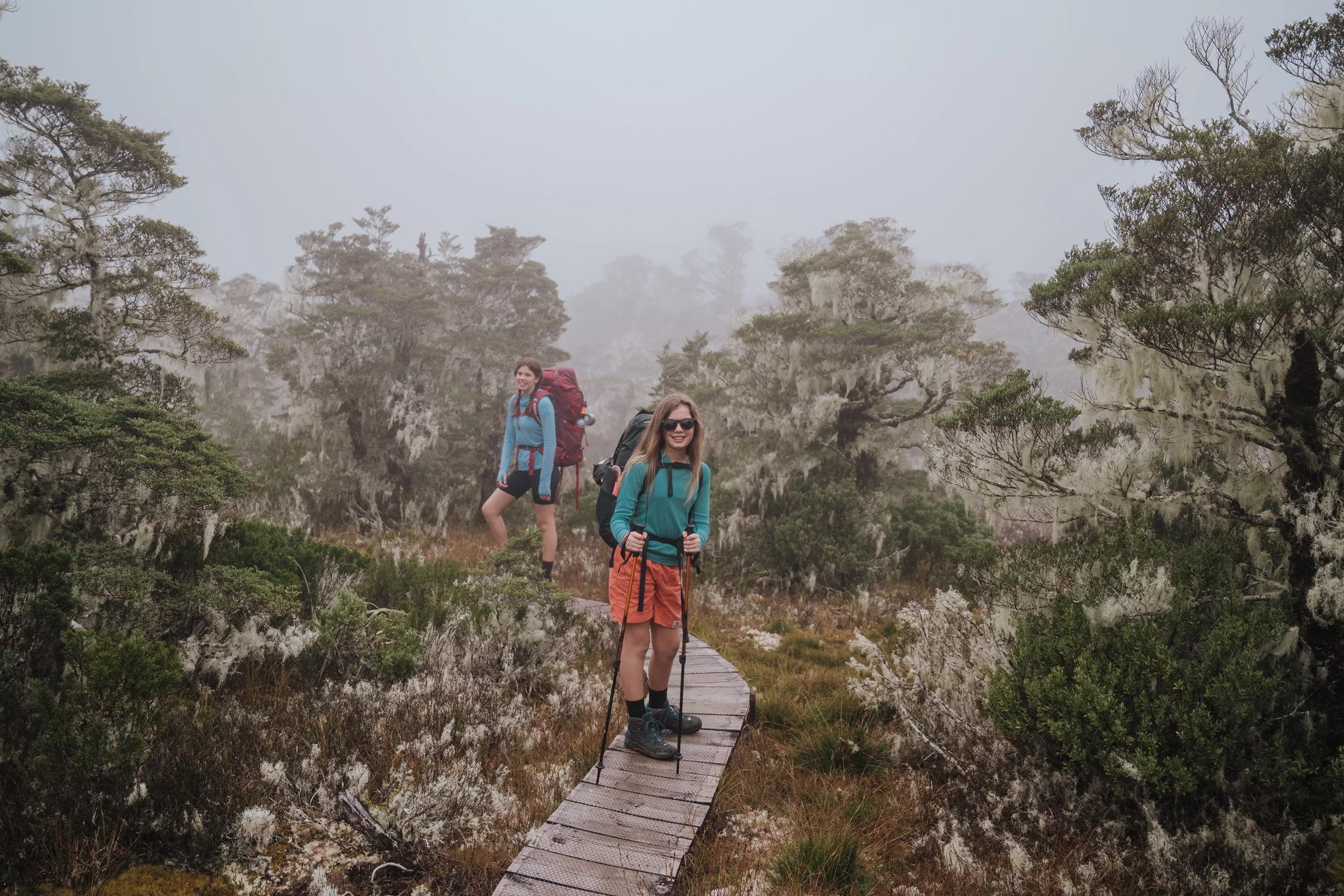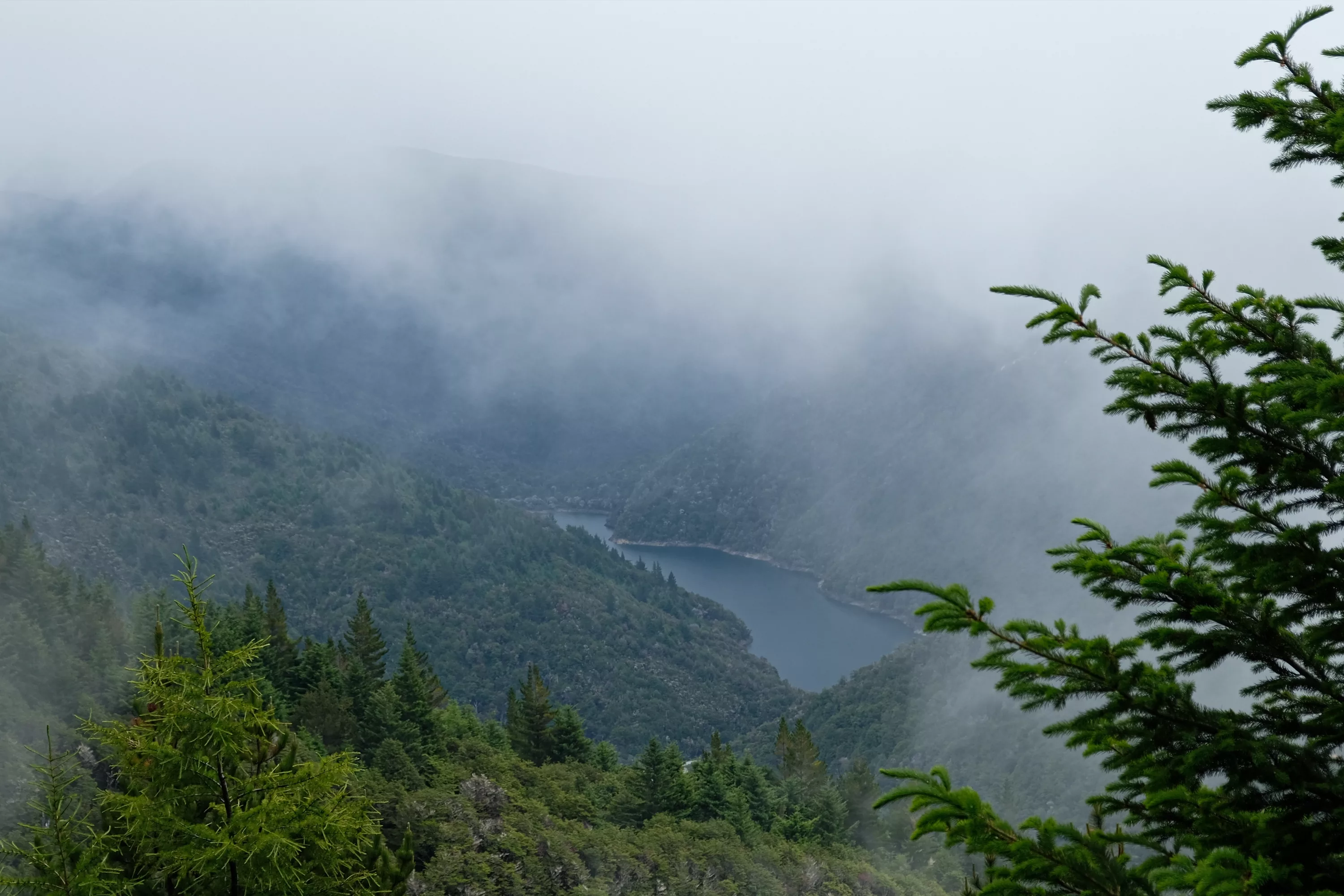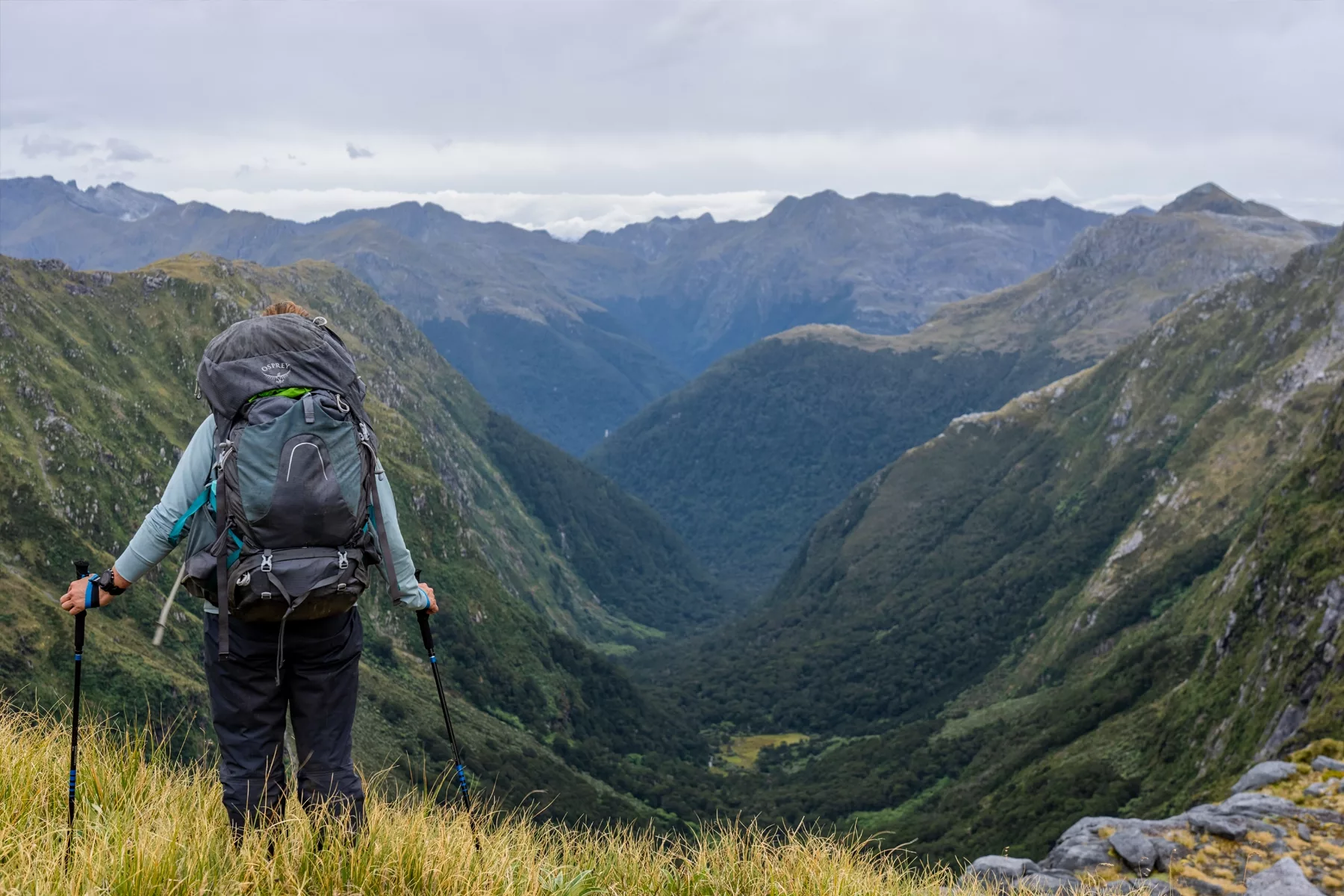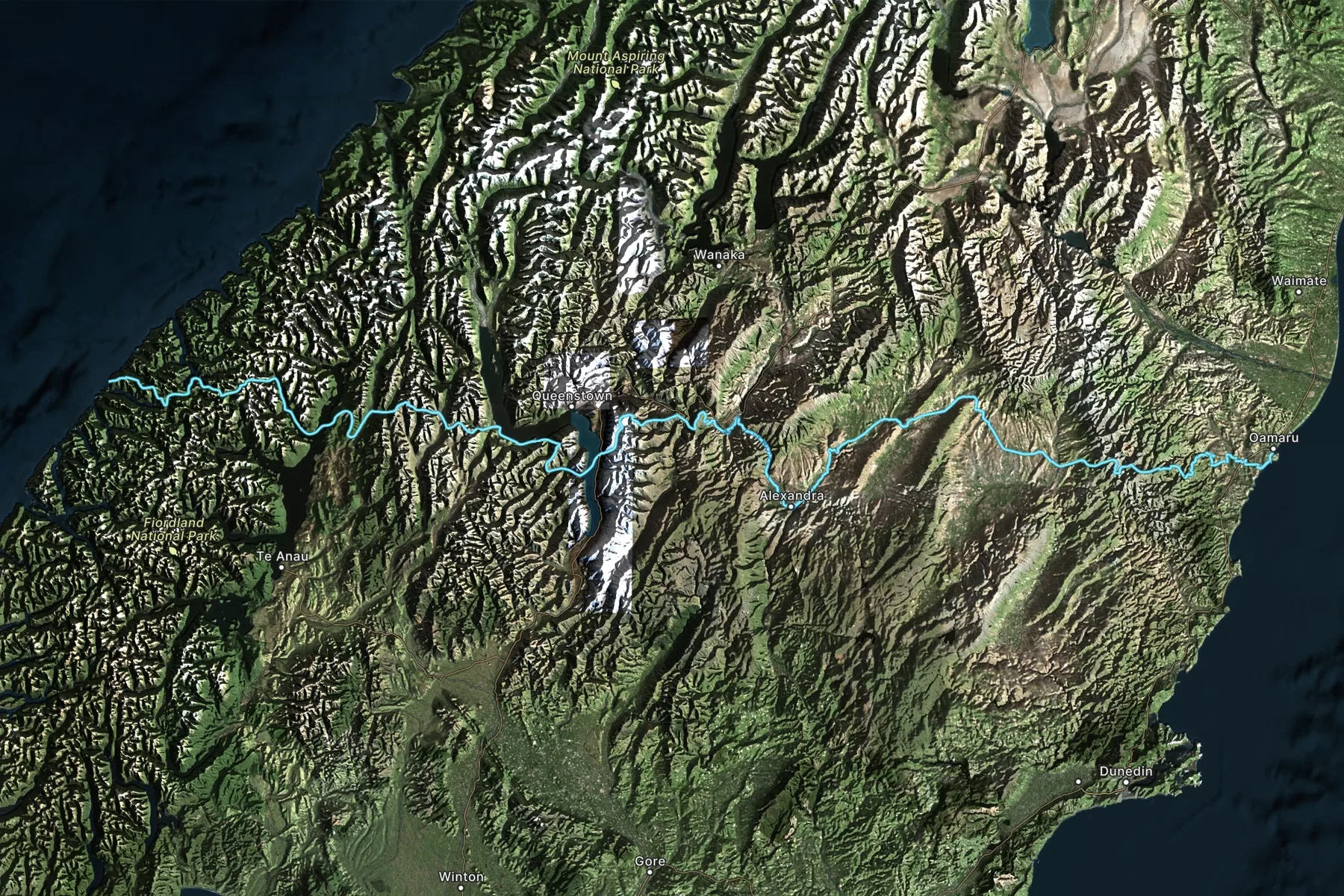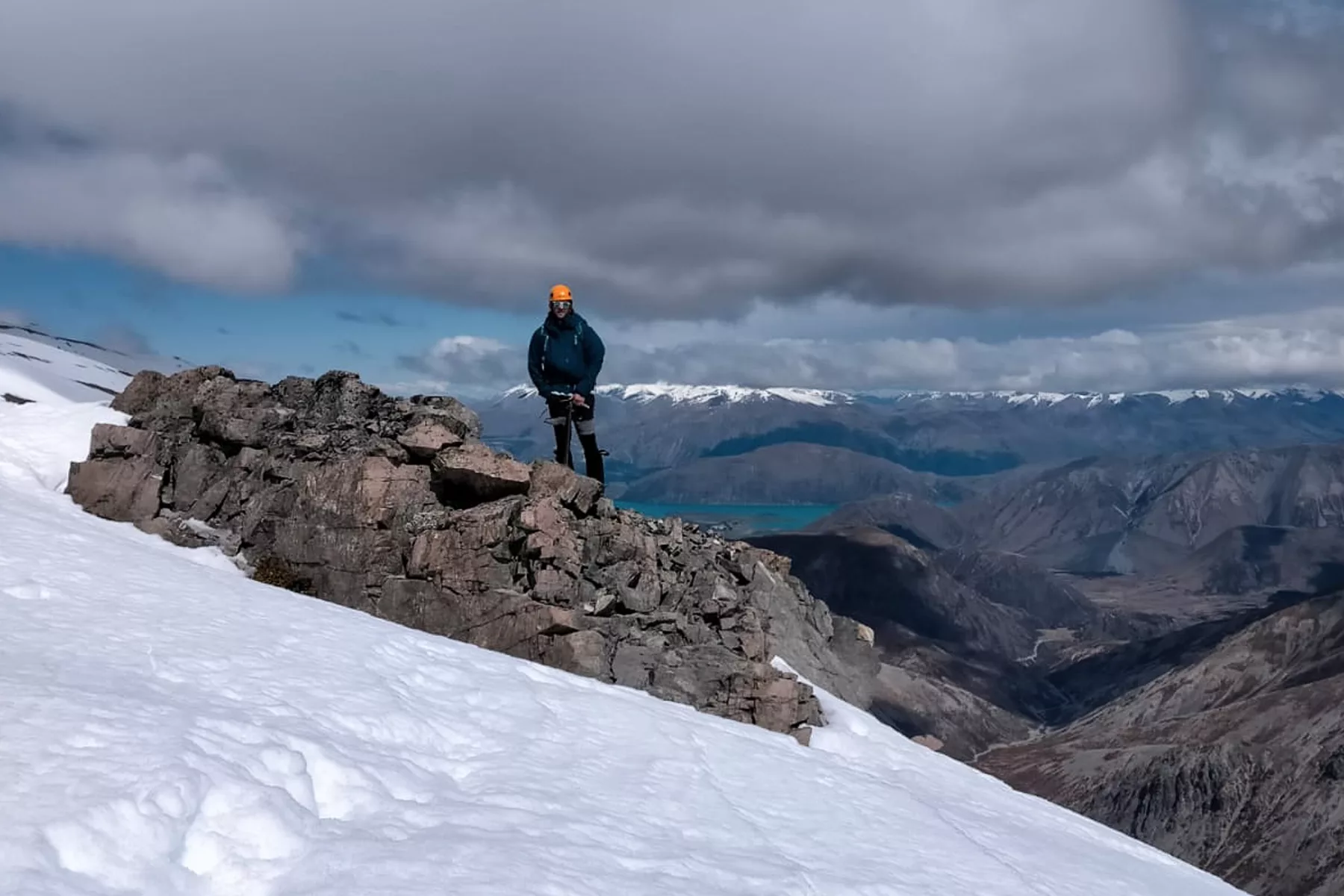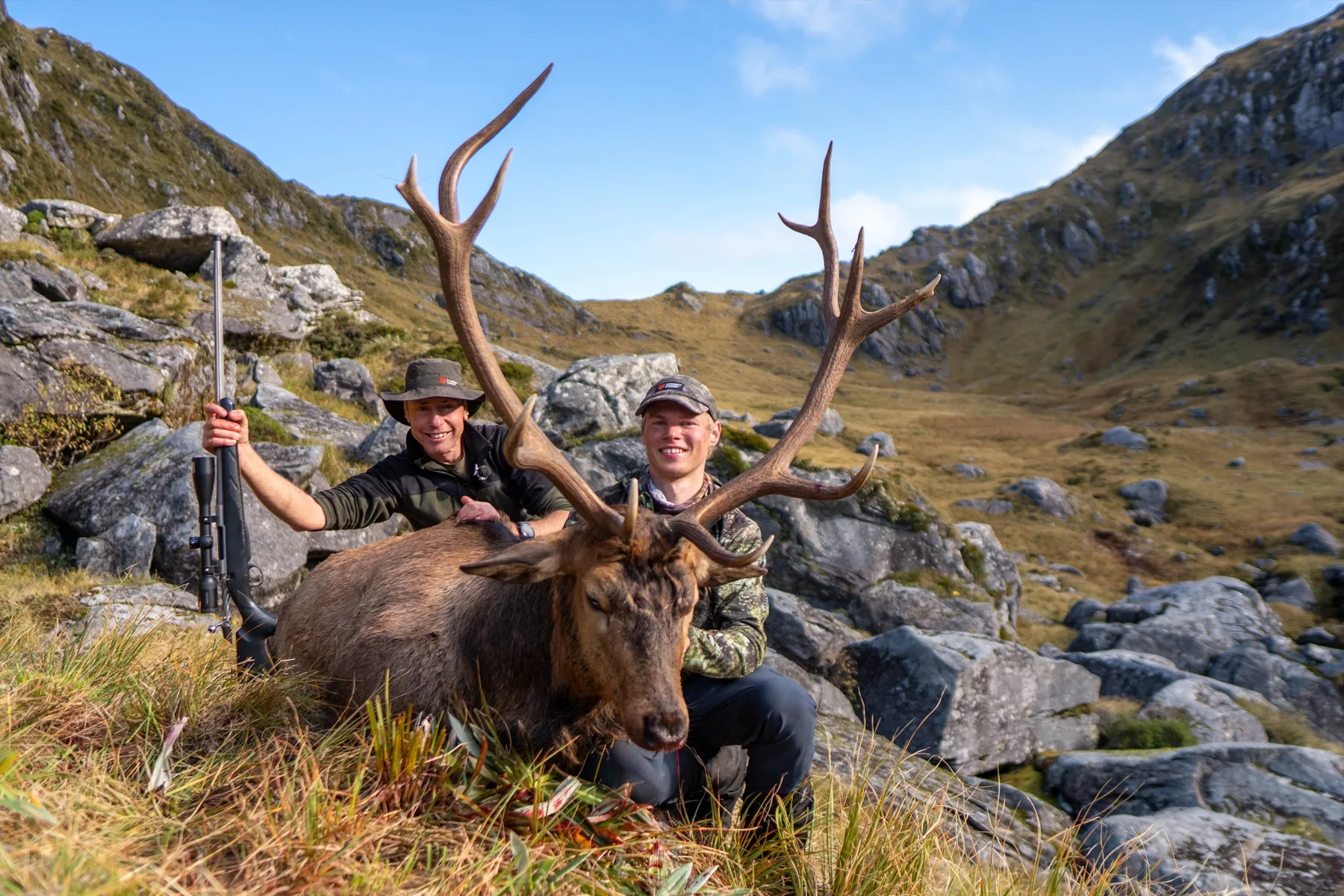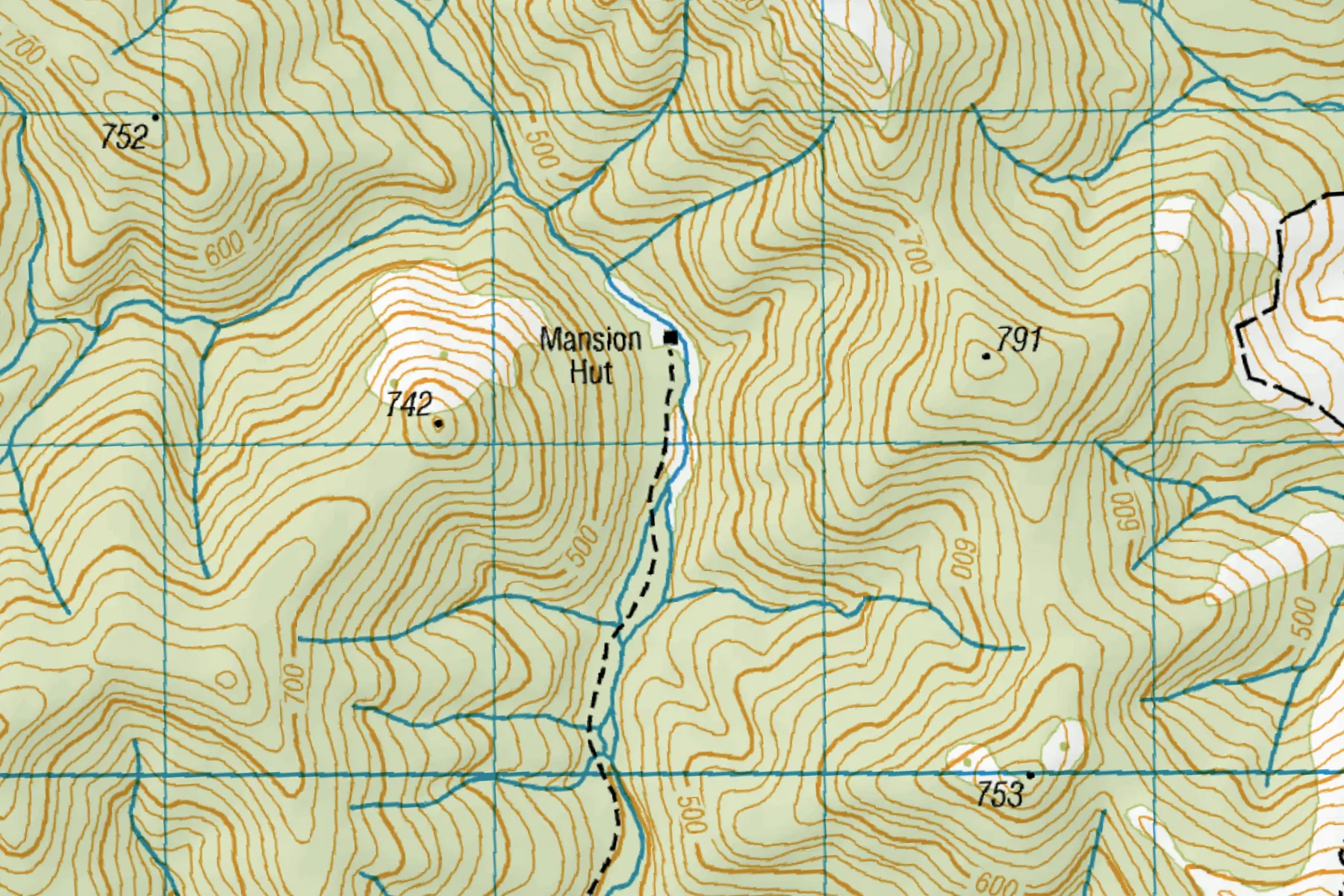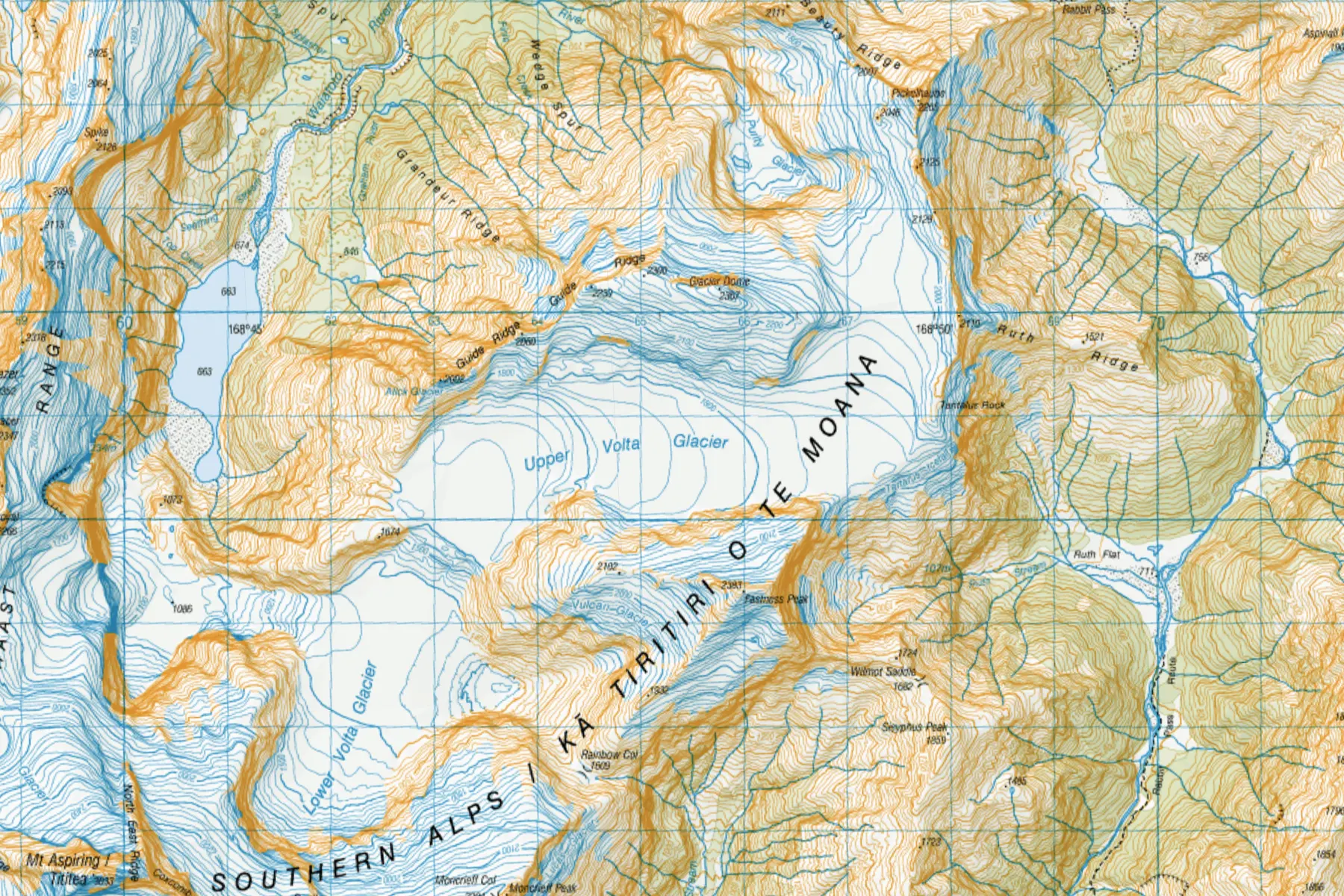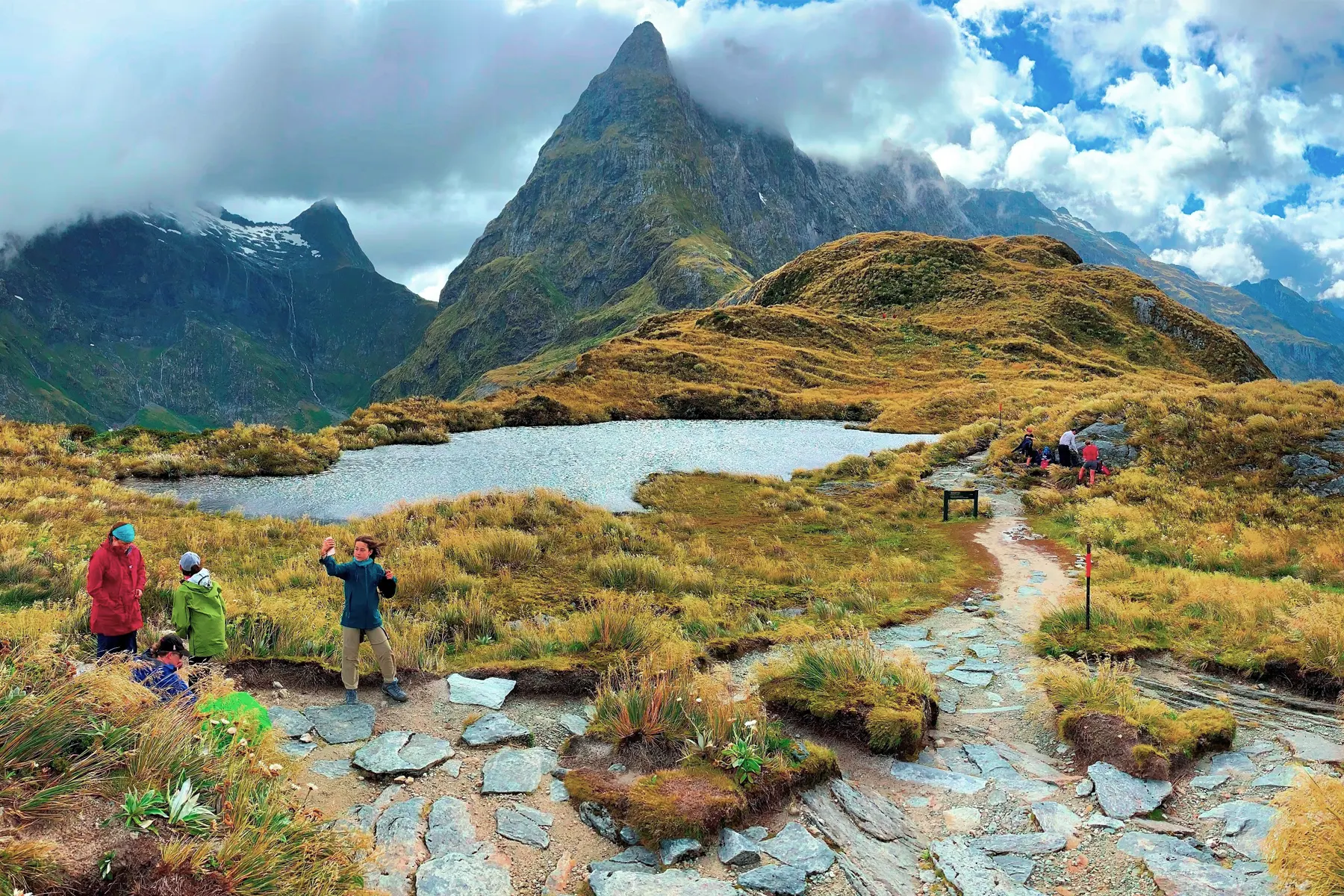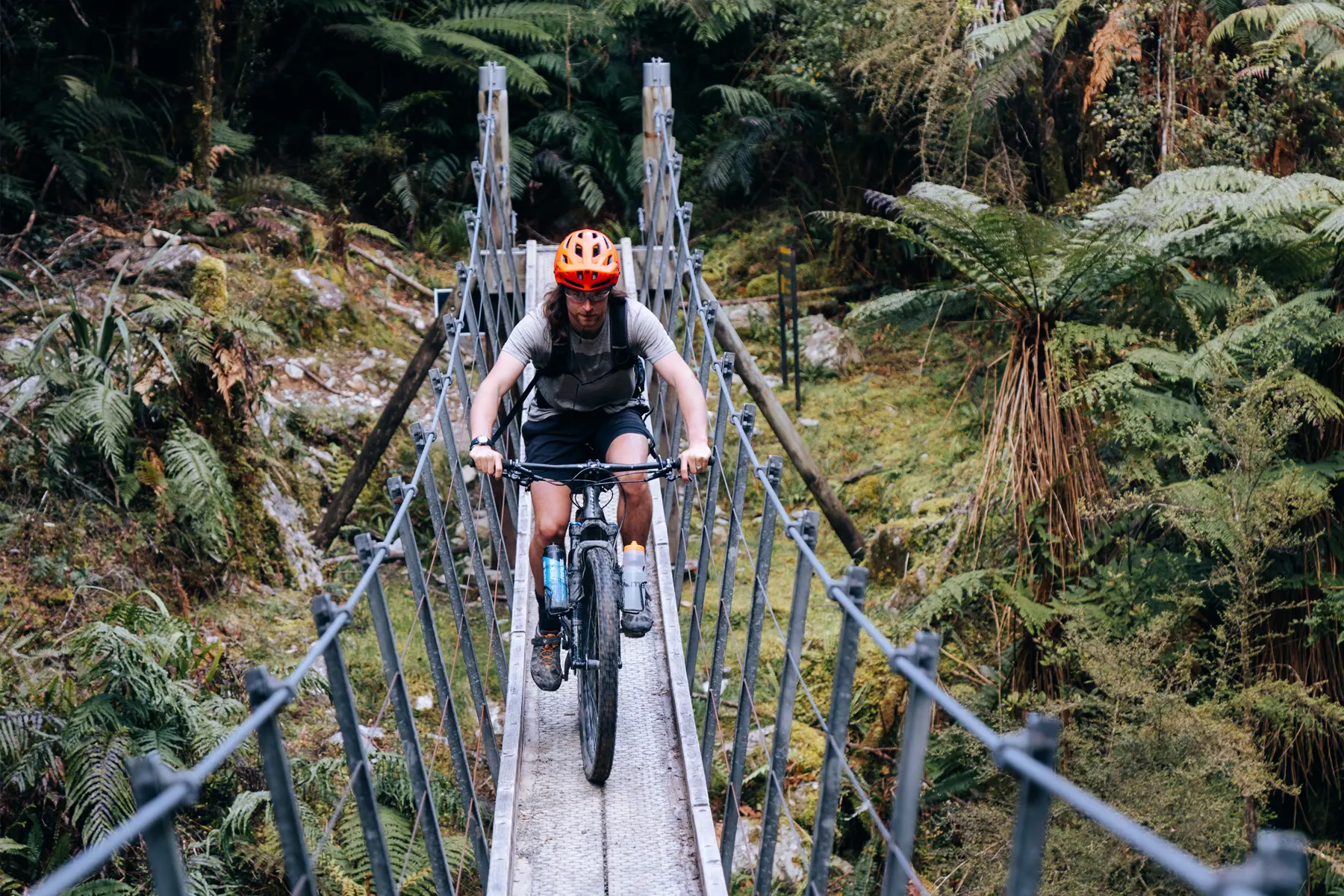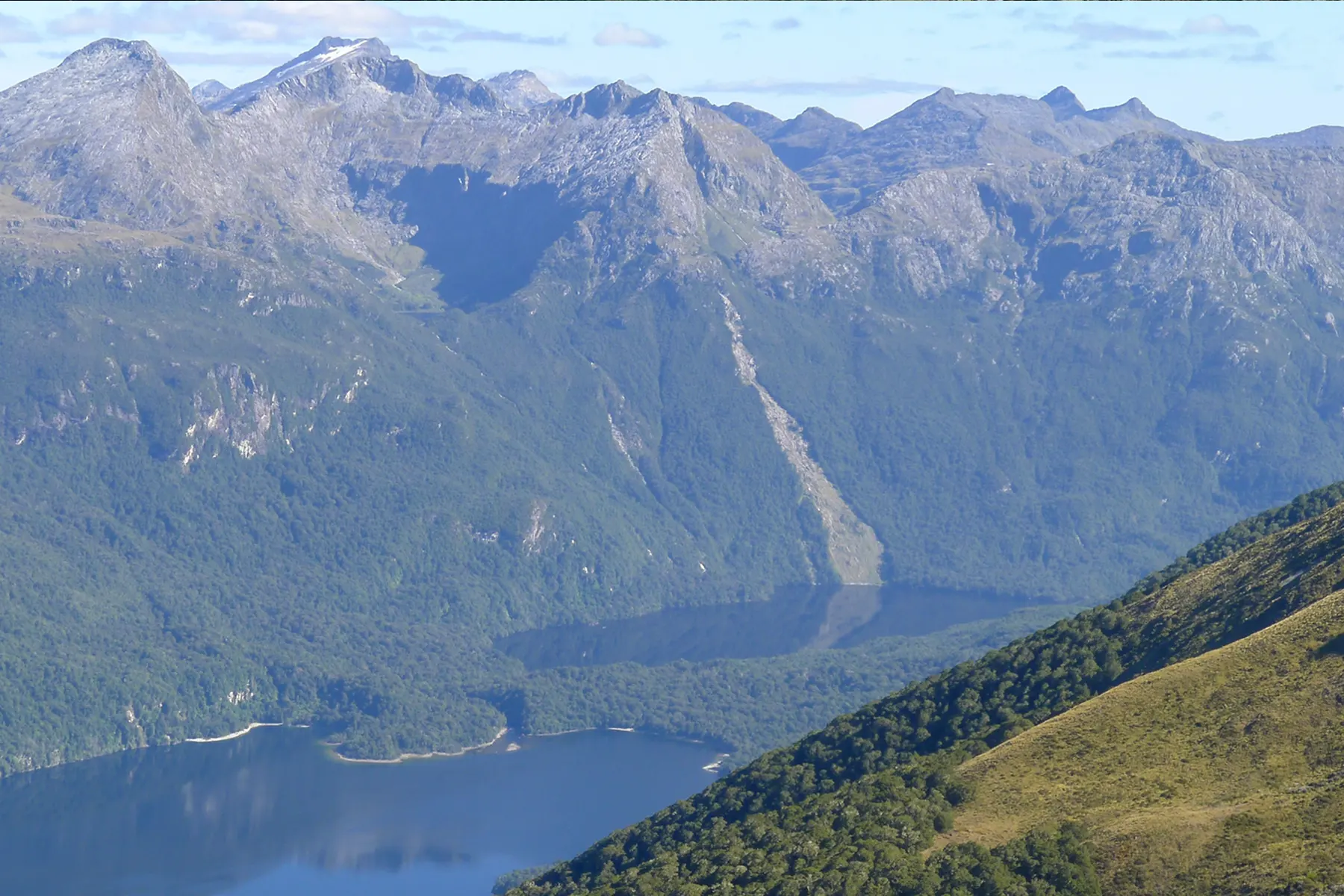Top-To-Toe Hiking Clothes Tips

20 October 2022
Georgia Mackay - Neat Social
There’s nothing quite like a good outdoors hack, especially when it comes to your hiking clothes. I’ve spent time hiking and exploring the great outdoors for most of my life and over the years I’ve come to love some hacks and ways to use my gear that is super helpful for any tramper out there. Some of these might be no-brainers to experienced hikers but for me they’ve helped a heap when it’s come time for an adventure. Let’s get into it.
START WITH YOUR HEAD
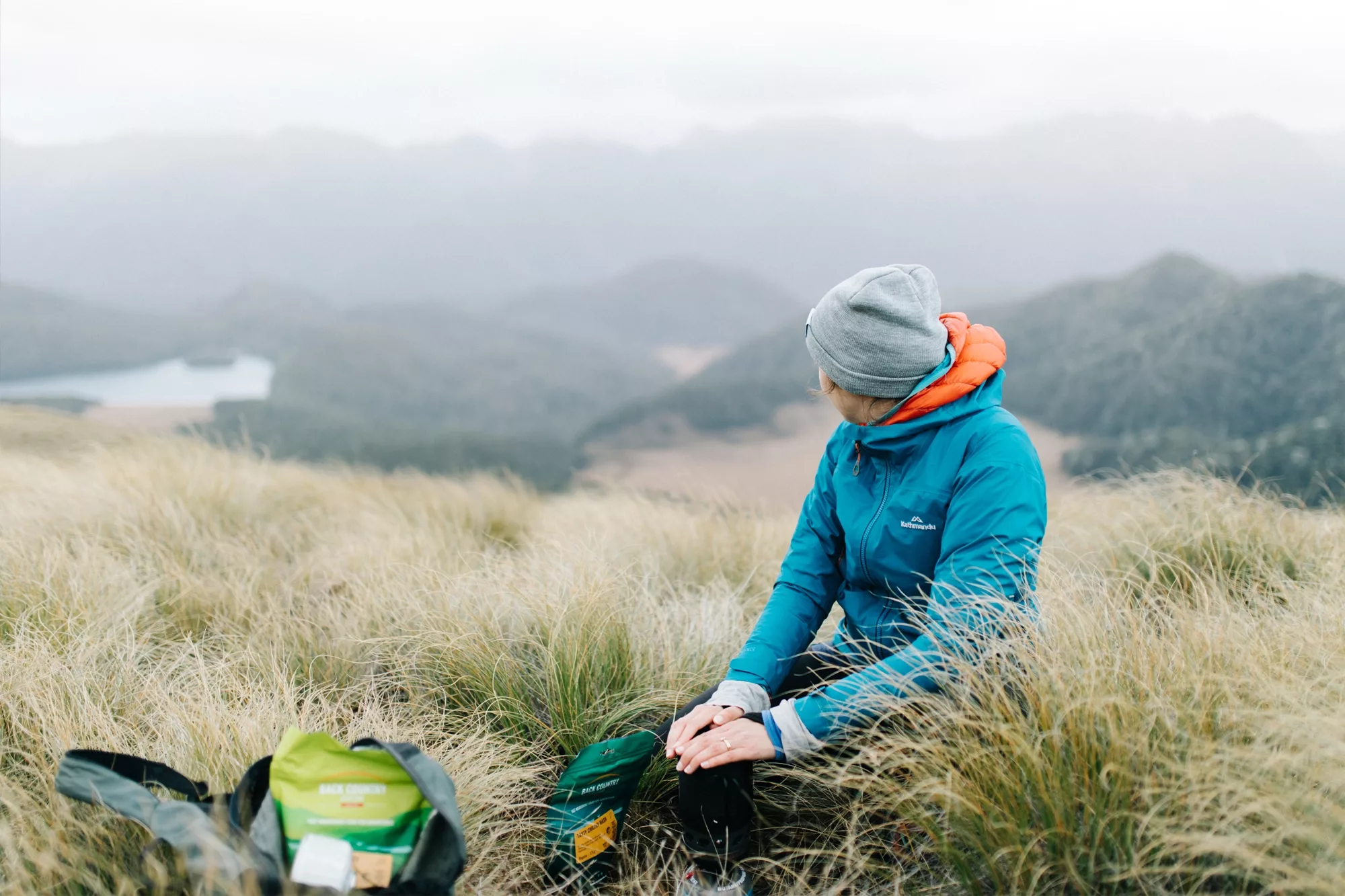
- Wear a peaked cap while tramping, it keeps the sun off your face, is great at breaking cobwebs across the track in the bush, and keeps driving rain off your face. You can wear a beanie over the top of it if it gets cold, and I sometimes tuck a lightweight layer under the back of my cap too so my neck is protected from the sun.
- If you’ve got long hair like me, I like to plait my hair tightly before I leave. It keeps my hair off my face, I can avoid taking a hairbrush and, generally speaking, it stays in and knot-free for the entirety of my adventure saving me hassle and carrying extra gear.
- Carry a high SPF moisturiser & sunscreen in one. We all know how important sunscreen is here in New Zealand and it’s an absolute must year-round on adventures. Grab a moisturiser SPF combo and keep your skin from drying out in the elements too.
- Grab a puffer with a hood for extra warmth on your neck and head for those really cold trips too!
PROTECT YOUR NECK
- I often wear a merino neck snood while out hiking, it keeps the bugs away and keeps the wind from getting down the top of my jacket too. These are perfect for sliding up and using to keep hair off your face or to keep your ears and head warm too.
SHOULDERS & UPPER BODY

- I’m a sucker for packing light and when it comes to the upper body I'm usually covered in merino wool. There are so many benefits but its antibacterial properties really do keep me fresher for longer, and I love how breathable it is.
- My go-to layering combo is a merino singlet, merino long sleeve, lightweight down puffer & a rainproof layer.
- Merino is great to wear in the summer too and keeps you cool while keeping the sun off you. I wore a single merino long sleeve on a 14-day hike in Nepal and barely noticed the difference in the final days compared to early on - that was great proof to me of how well this fibre really works.
HIKING CLOTHES FOR YOUR…TUMMY?
- It's no secret you burn a heap of energy while you’re out hiking, walking, biking or on any other adventure outdoors. Making sure those energy levels are met and taken care of is key to keeping you fuelled and it's pretty tricky to know how much food to take sometimes. I love taking my Back Country Cuisine meals out on the trail, knowing that they’re not going to add much weight to my bag & knowing that at the end of the day when I sit down for dinner, my body's nutritional needs are going to be met and my stomach is going to be full. It's fuss-free and easy which is exactly what I want in the outdoors.
- Pro tip: Stuff your Back Country Cuisine meal in your jacket as a hottie while you wait for it to cook - just don’t squeeze it too hard!
- I always carry an insulated water bottle with me, it keeps my water cool and secure in my bag, I also have a straw attachment for the top so I can grab a drink quickly while on the go if needed. If you’re not fussed on an insulated bottle, a CamelBak water bladder is also a great on-the-go, lightweight option that carries a large amount of water for longer trips.
HANDS
- Gloves are great for keeping your hands warm when the wind is biting or in winter. There are a few different options for gloves through the different times of year but my go-to’s are a lightweight merino pair, they dry quickly, they won't get sweaty and they’ll keep the chill off your hands.
- If I’m doing a bit of scrambling up rock or scree sometimes I’ll put a bit of tape on my hand too, it helps keep them protected against sharp rock and can aid in grip.
LEGS
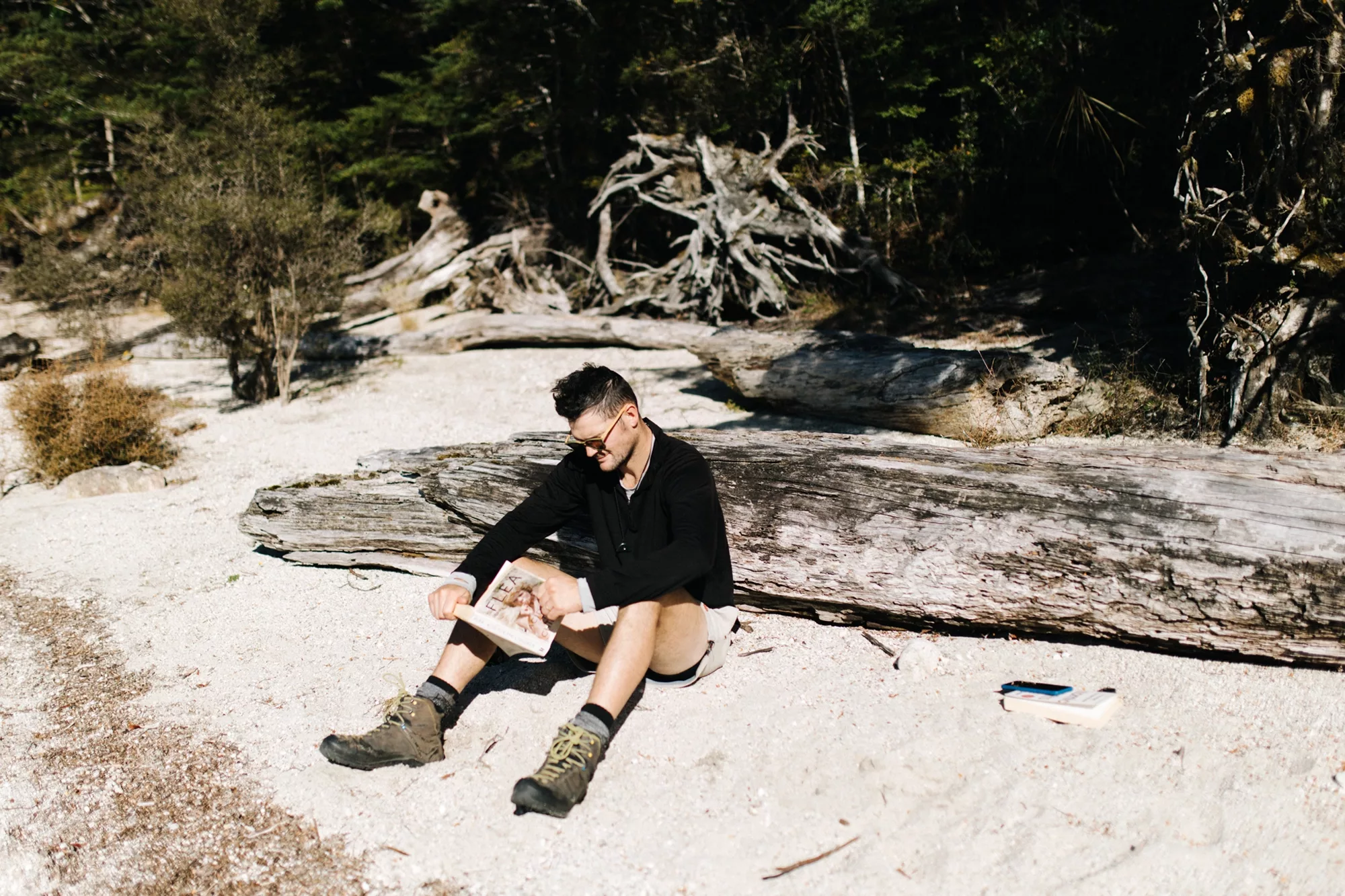
- Summer or winter I hike in lightweight leggings! Why? Leggings are quick dry for river crossings, keep the bugs away in the evening, are comfortable, and warm but also breathable when it's hot outside, they protect your legs from prickles and grasses too!
- A couple of other options I like are zip-off pants, you get the best of both worlds here and they’re usually quick dry and lightweight.
- Gators are another excellent option for keeping your legs from getting scratched up and keeping dirt and grass out of your boots.
FEET
- On overnighters or longer hikes I opt for my Salewa hiking boots, I’ve never had a blister with these and pair them with a good quality merino sock.
- For day hikes or trail running I always reach for my Salomon Speedcross, these are super lightweight and dry easily on the go.
- Generally speaking, if I’ve got a river to cross I take my boots off and go barefoot!
- In my pack I’ll bring with me a warm pair of cozy socks to put on after I’ve got to the hut, I wear these to bed and the next day too!
- Chuck some paracord & strapping tape in for broken boot laces, tent problems and anything else that might arise too.
- Foot problems are something you want to avoid when out hiking as they can make things really unenjoyable when they go wrong. Always carry a bit of Vaseline and some plasters/strapping tape in your first aid kit and ALWAYS wear in your shoes before you leave.
Although some of these tips might seem pretty obvious to some outdoor enthusiasts, for some of us, learning from what others do and how they get the most out of their equipment is super helpful.
To keep up to date with our latest blog sign up to our newsletter.

